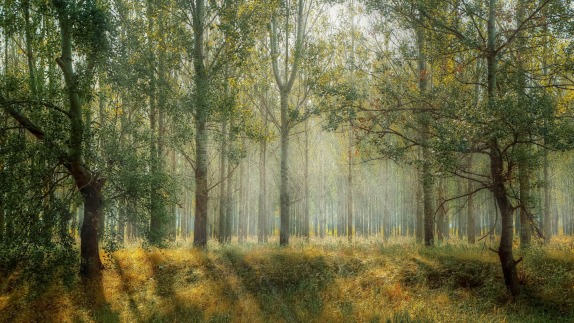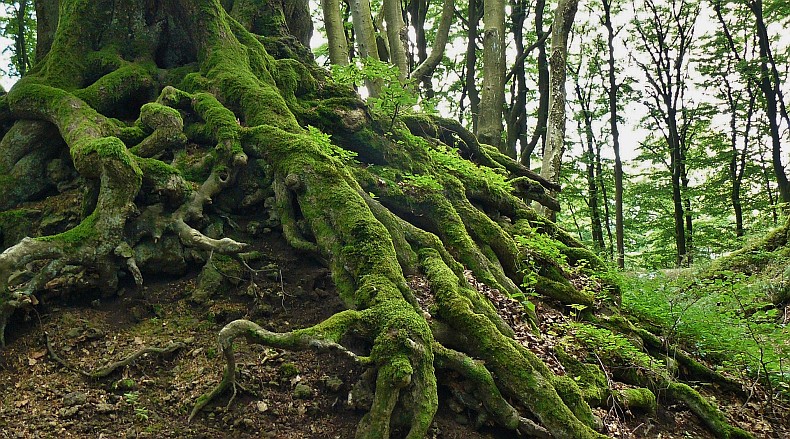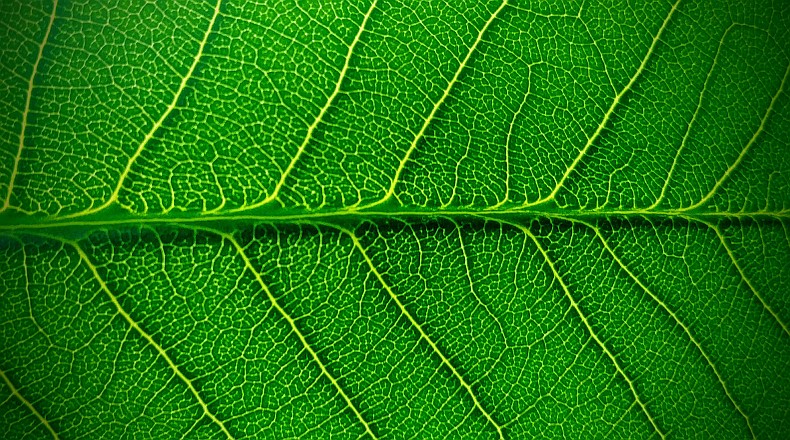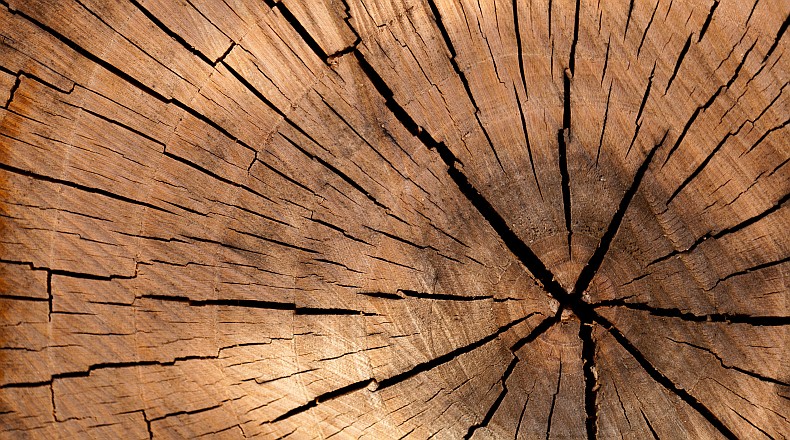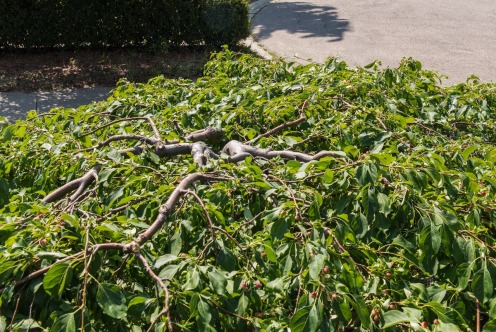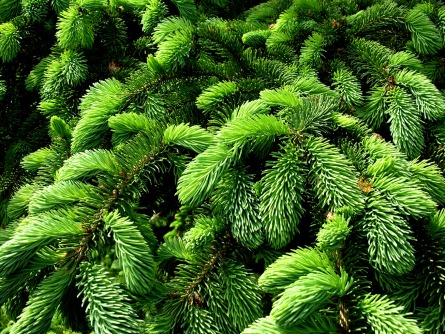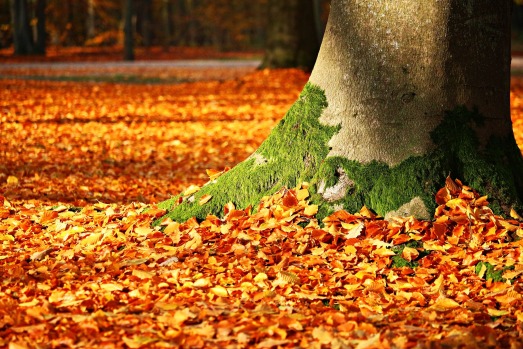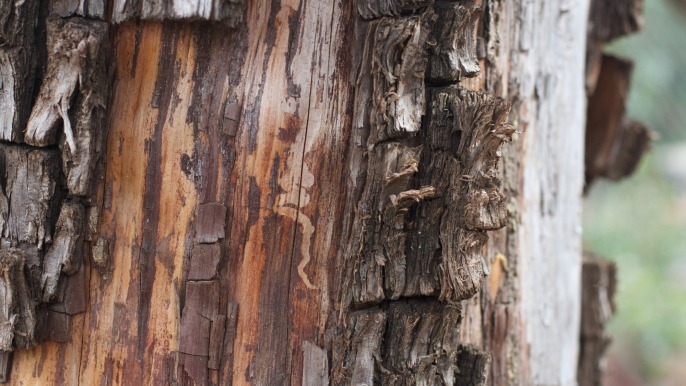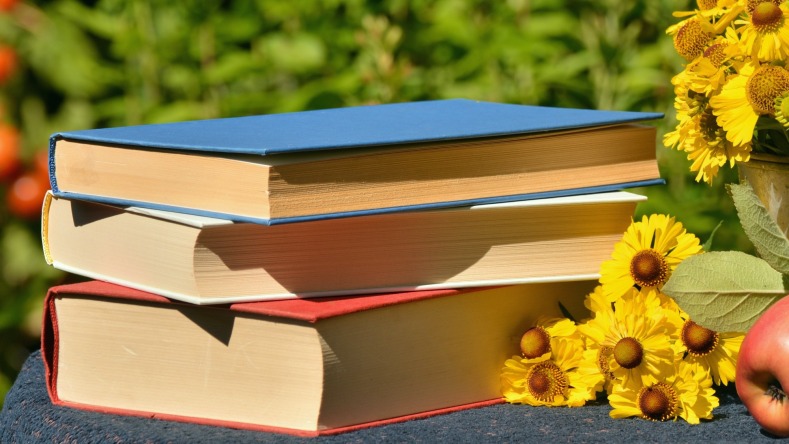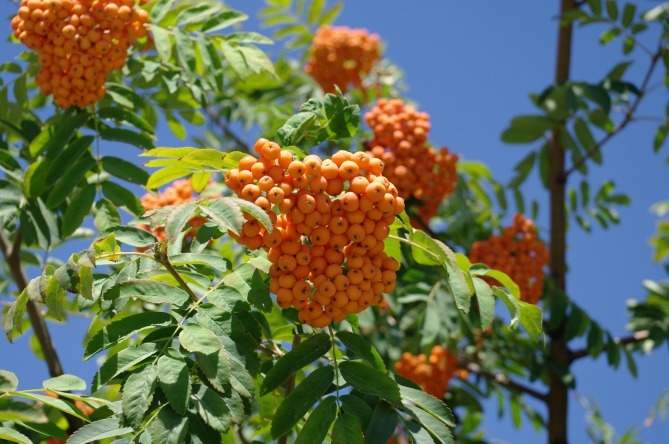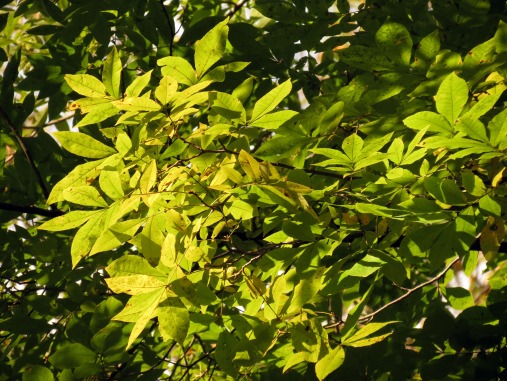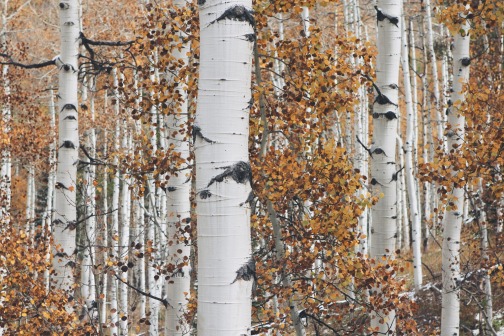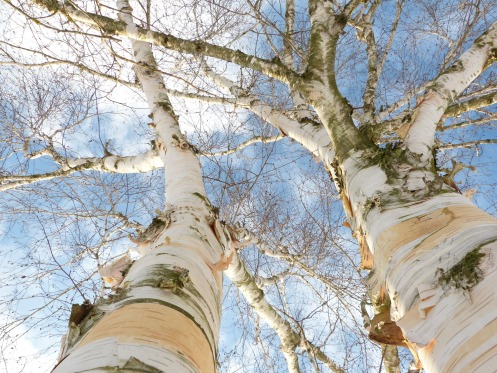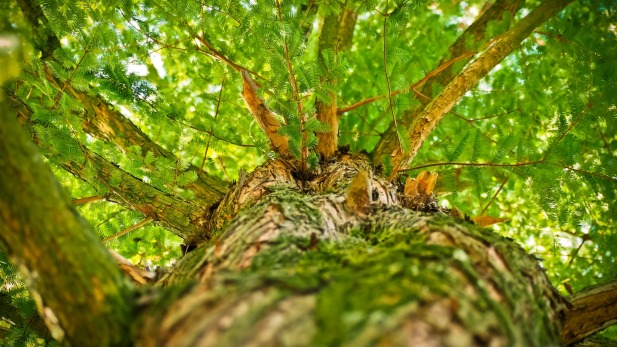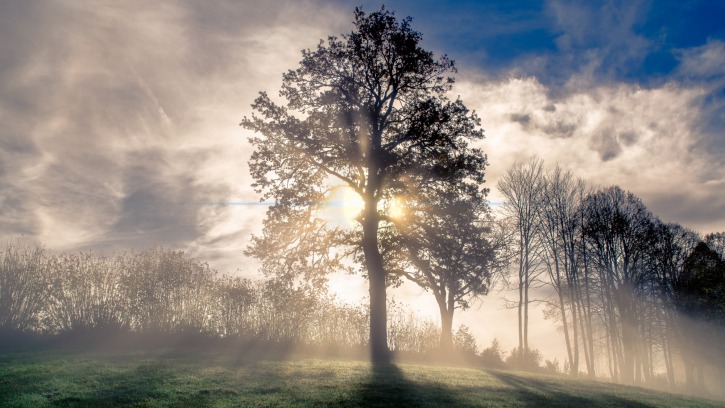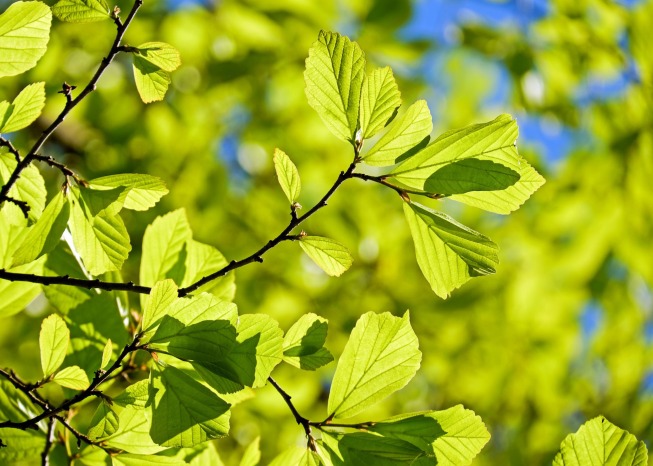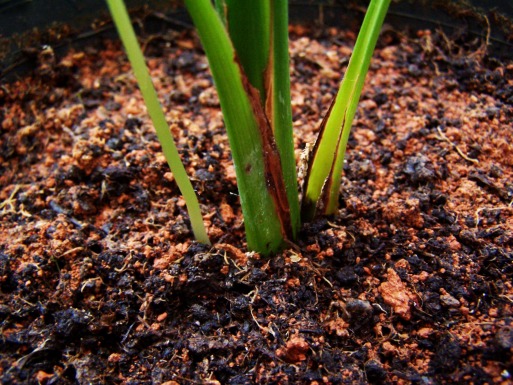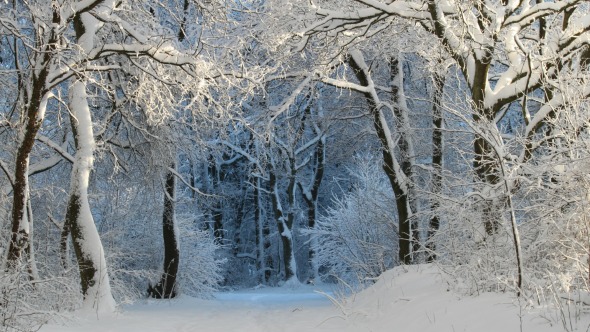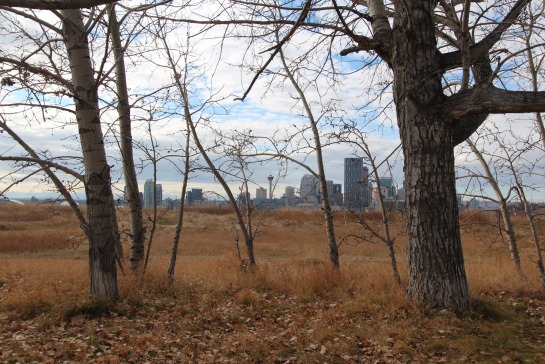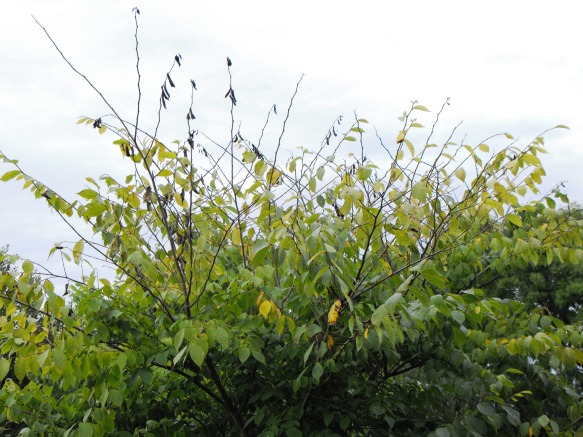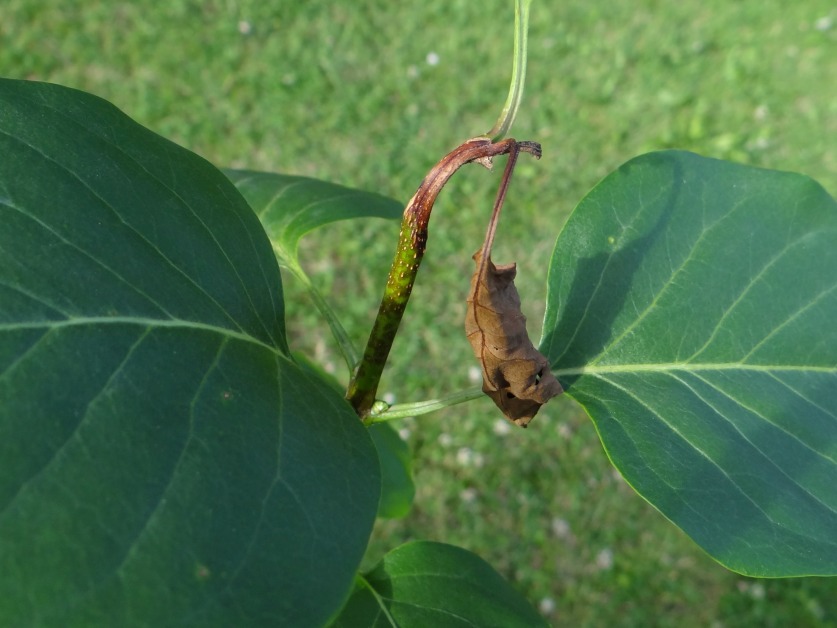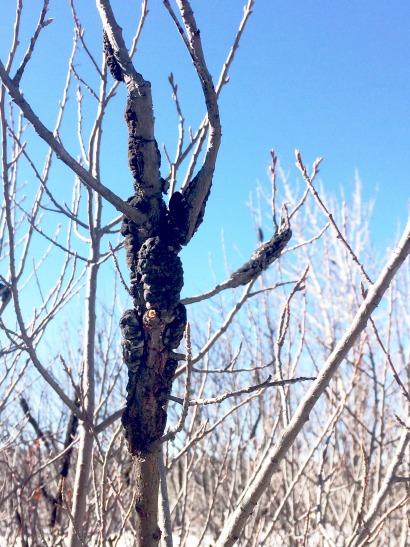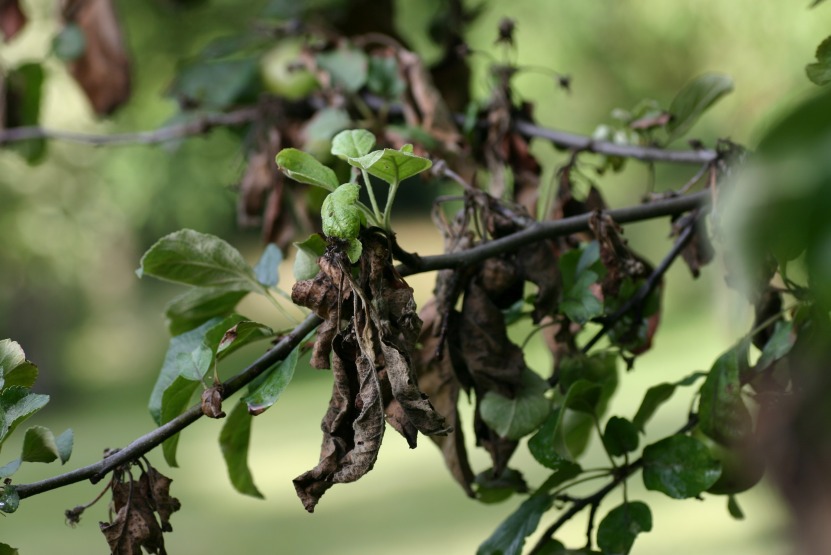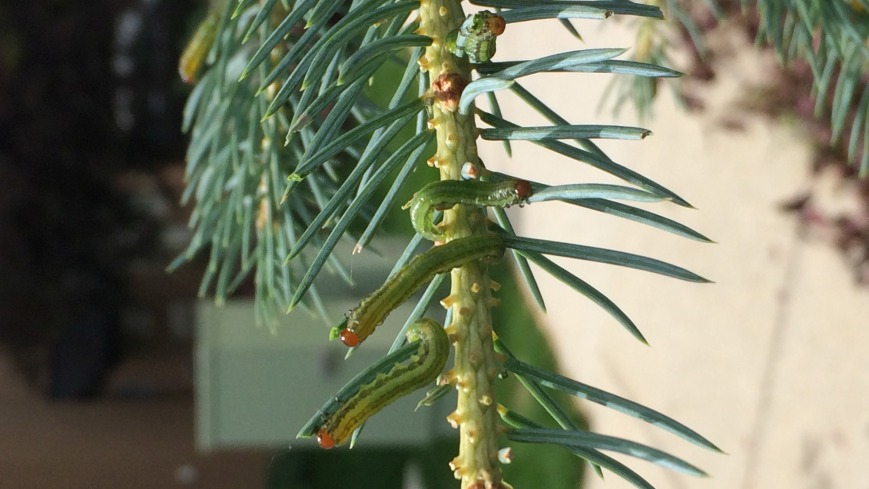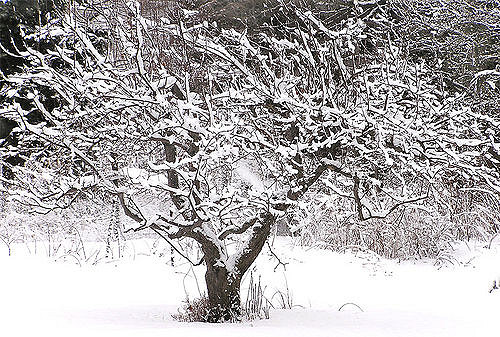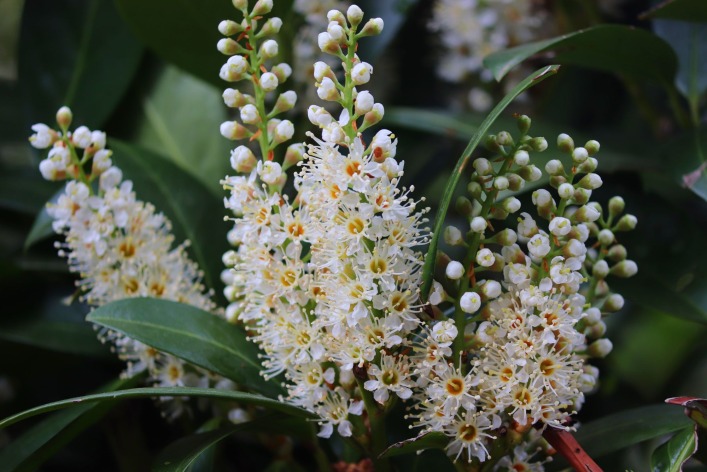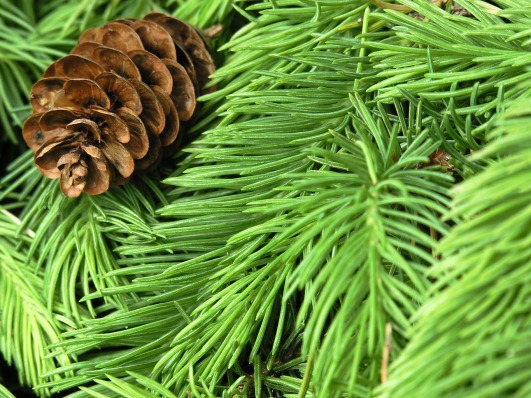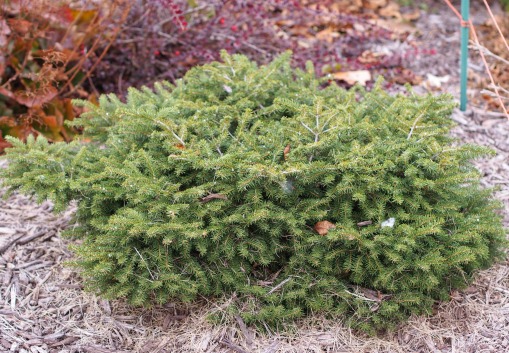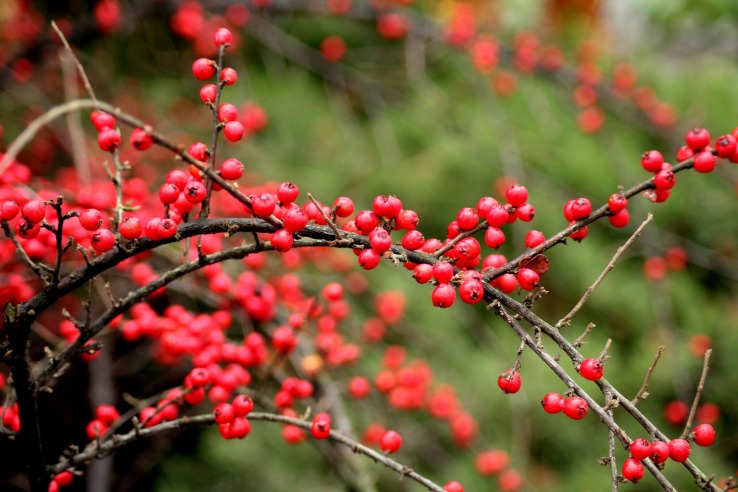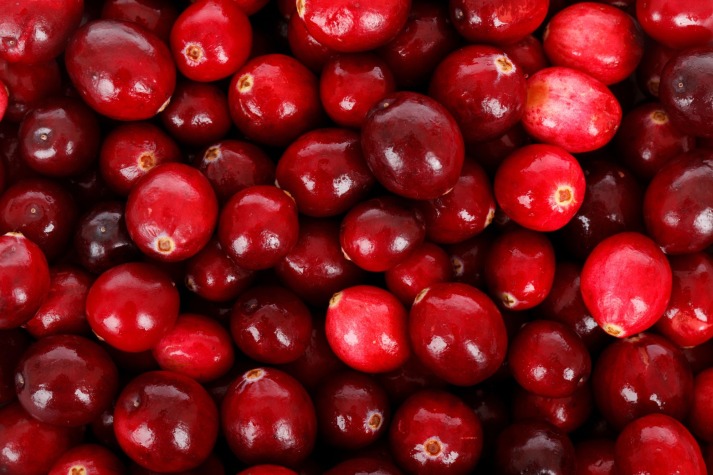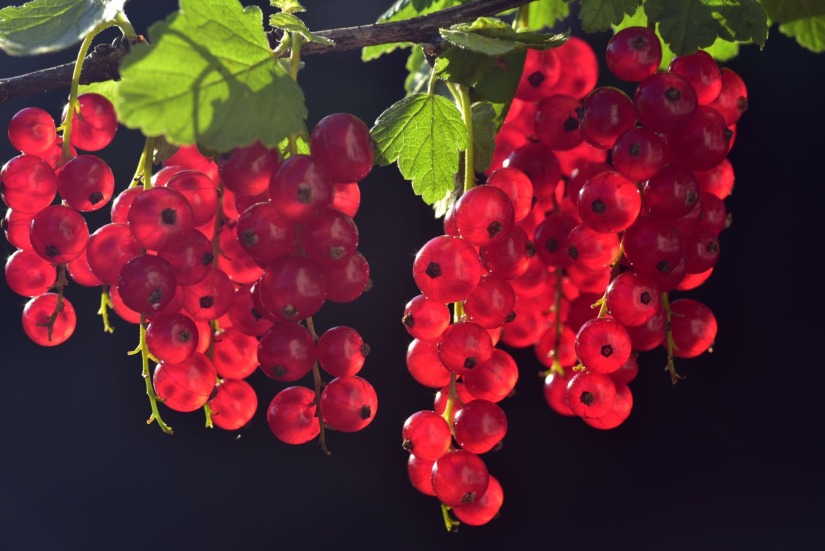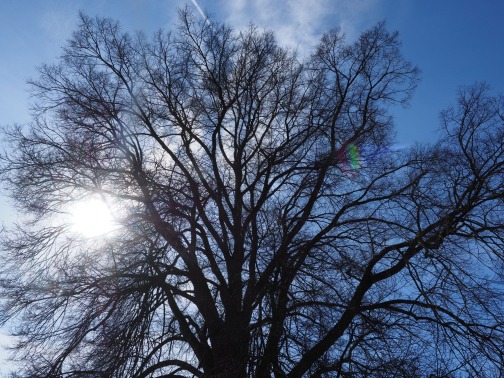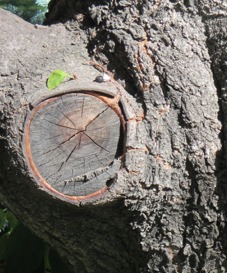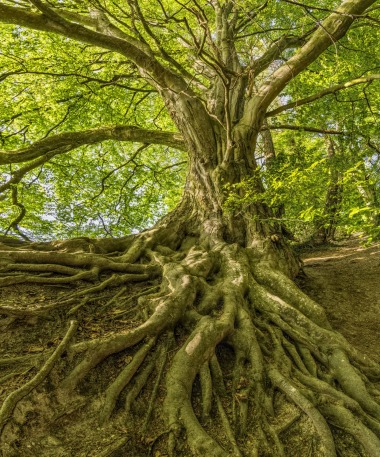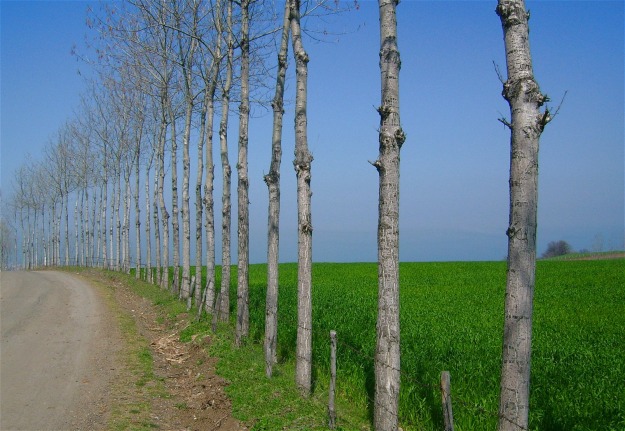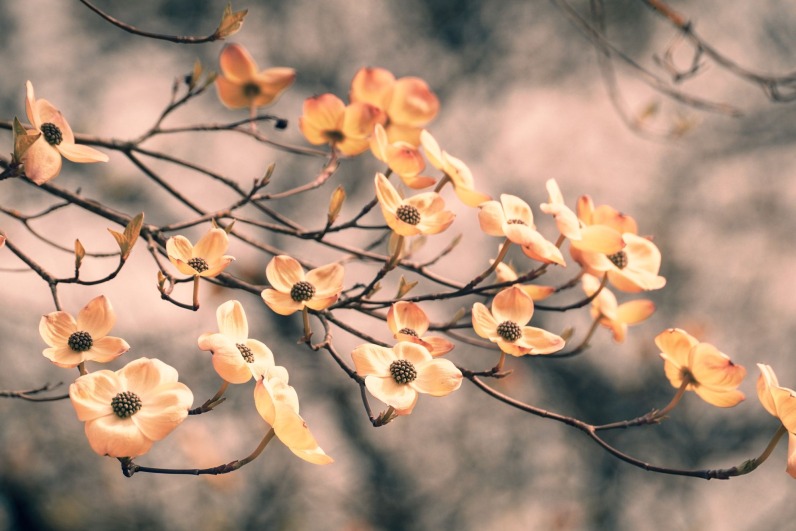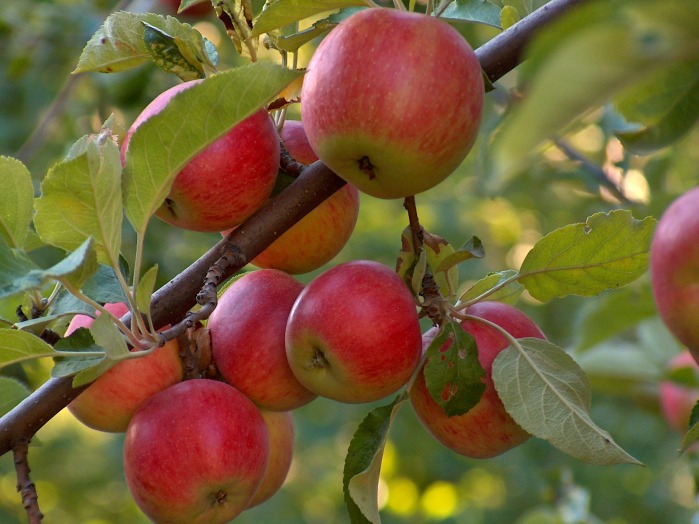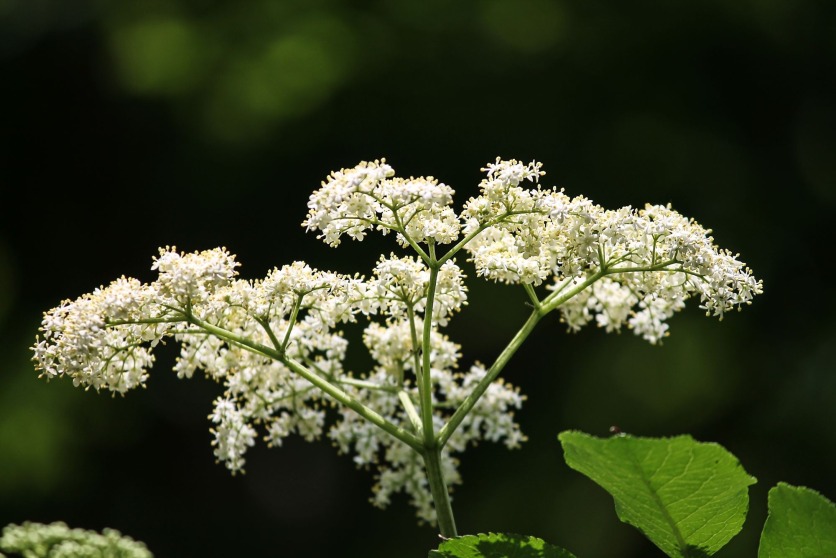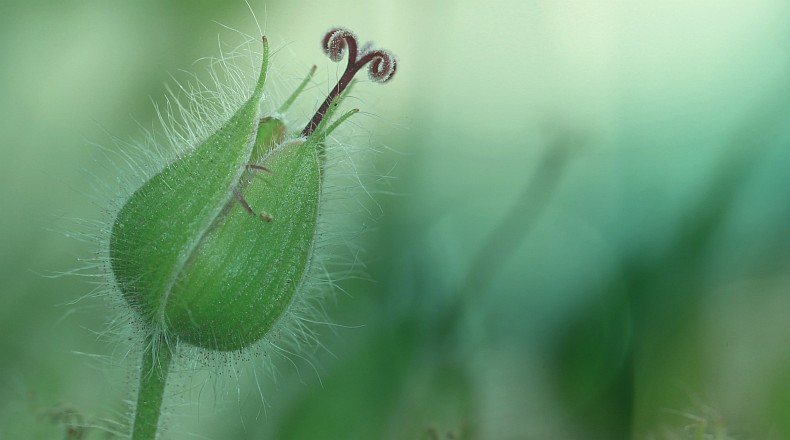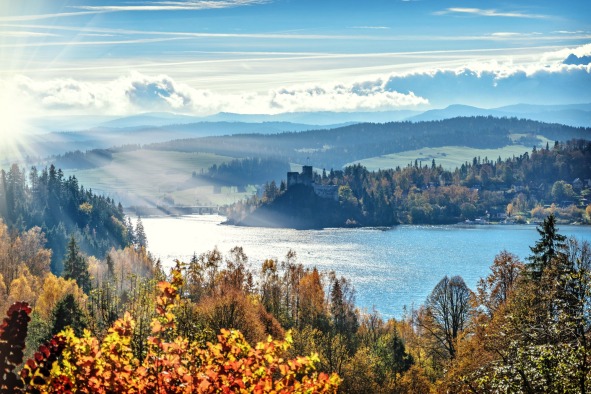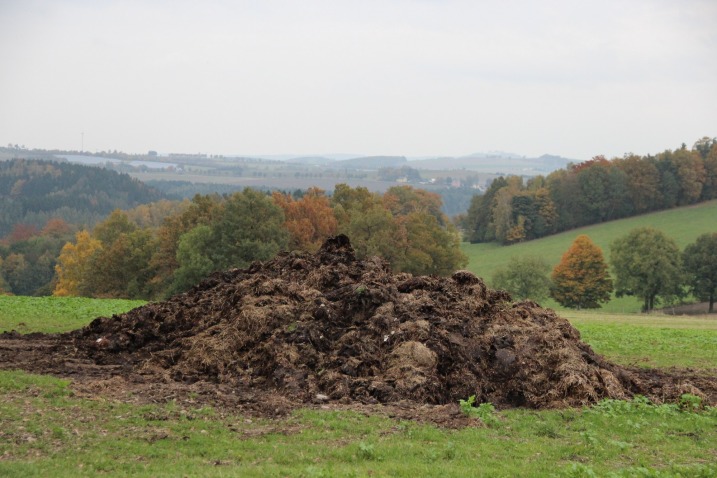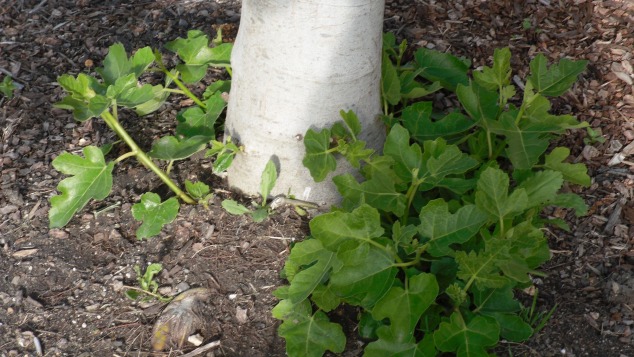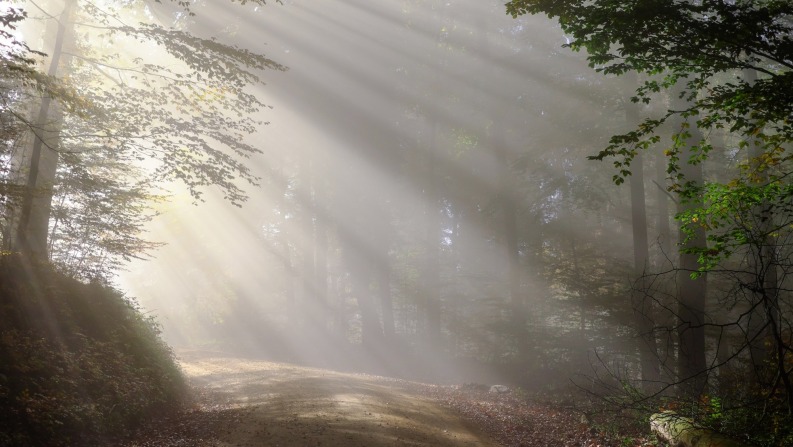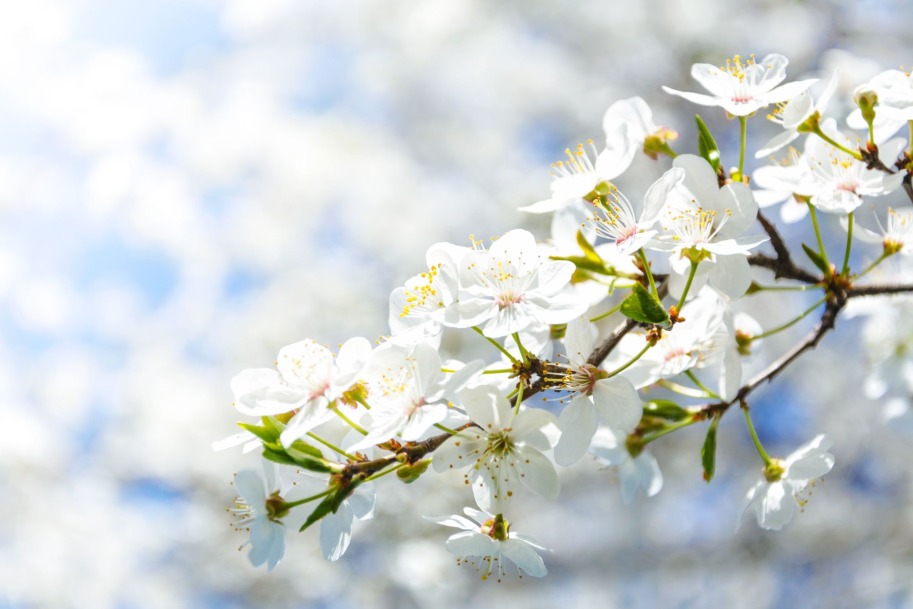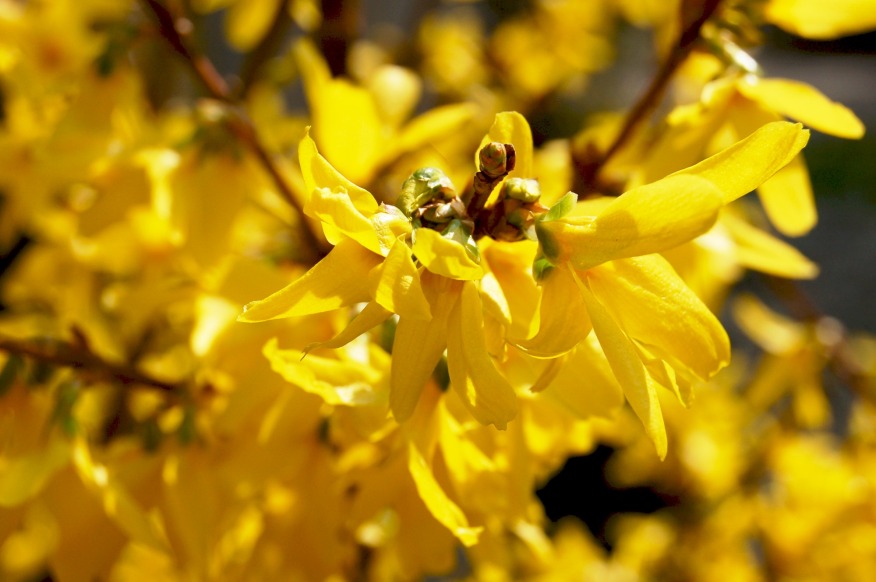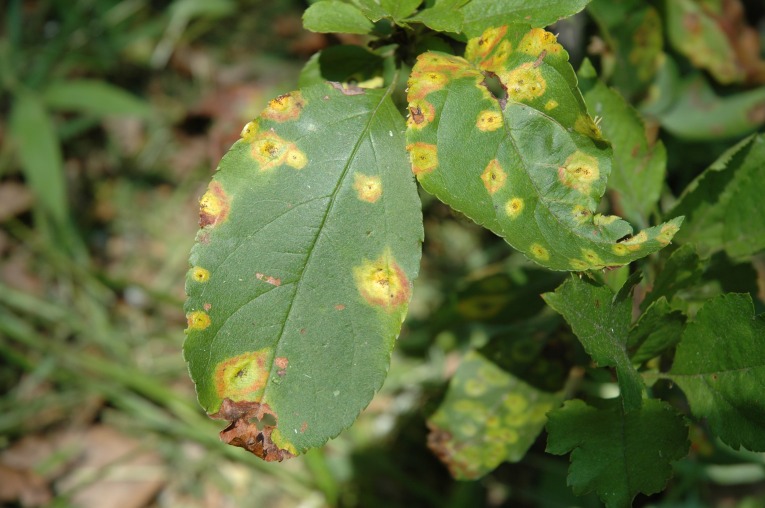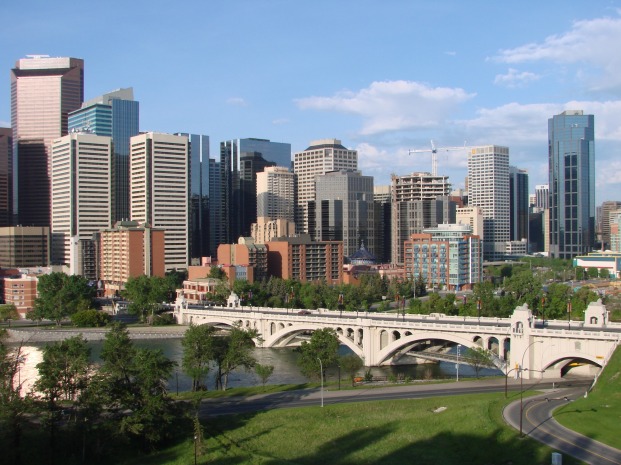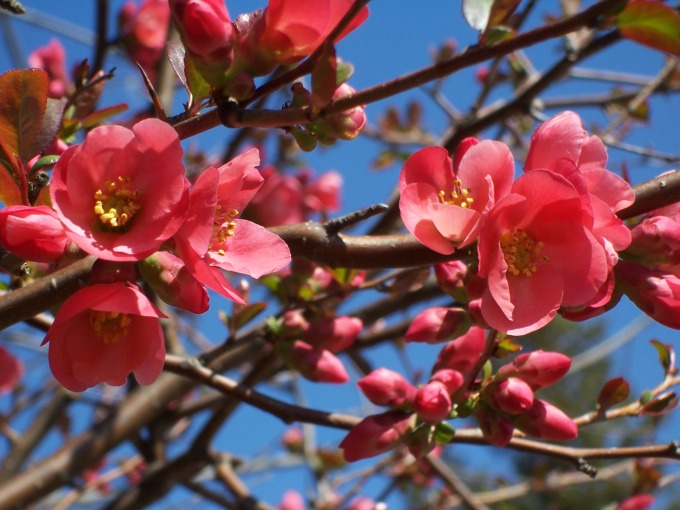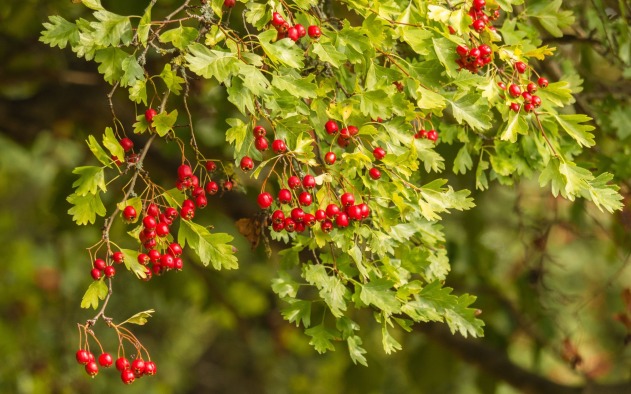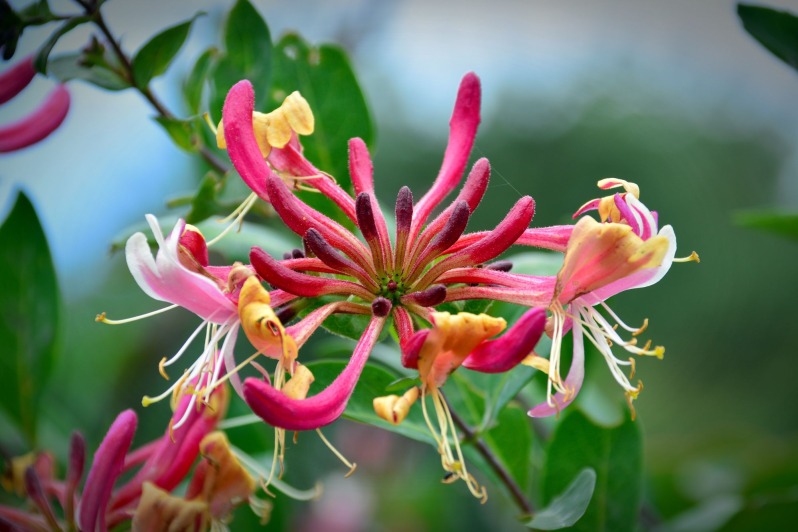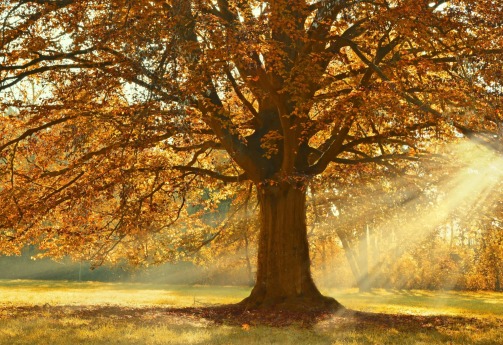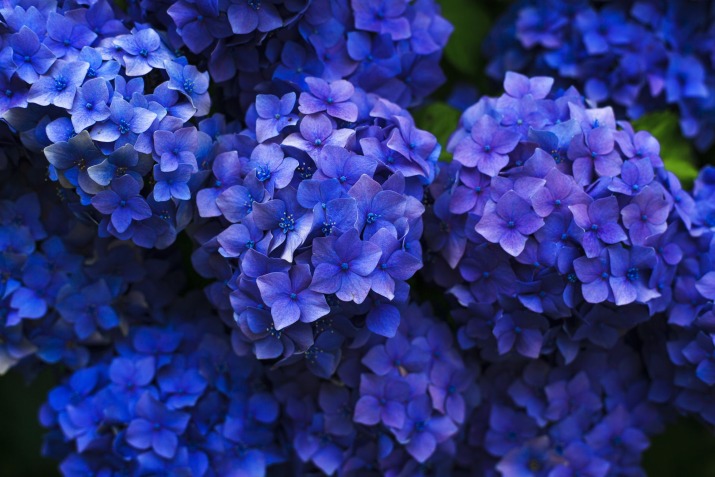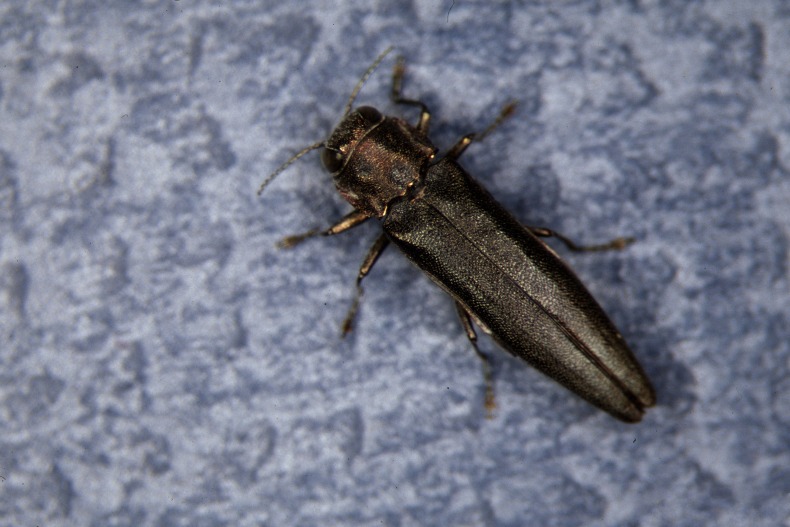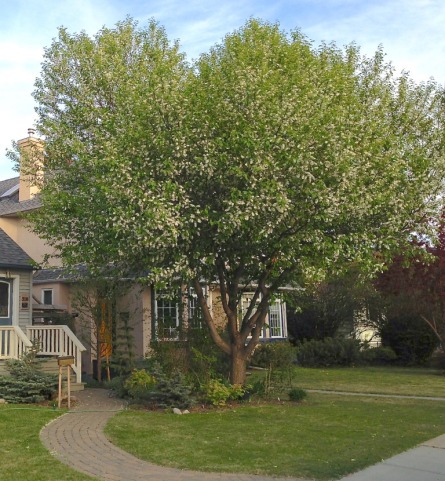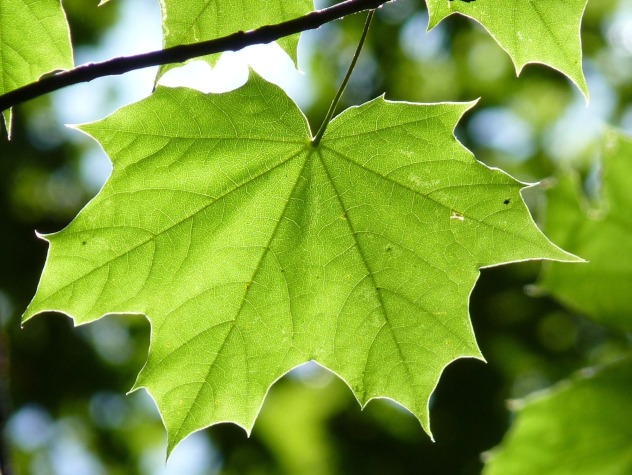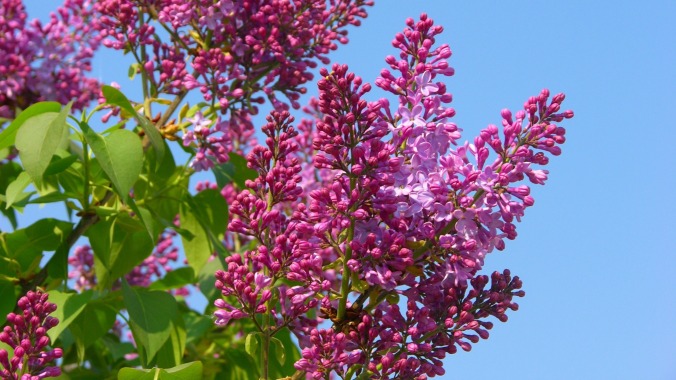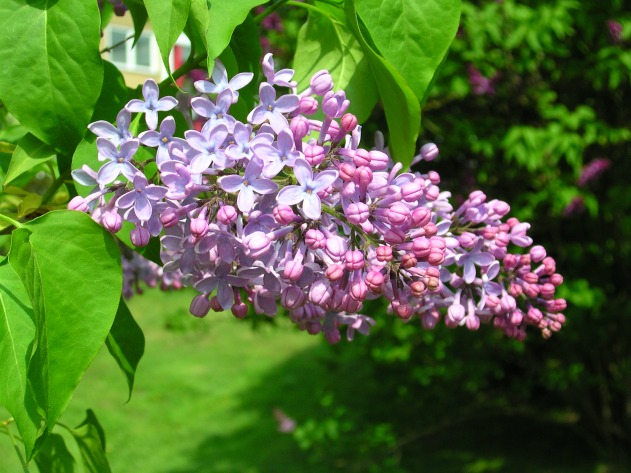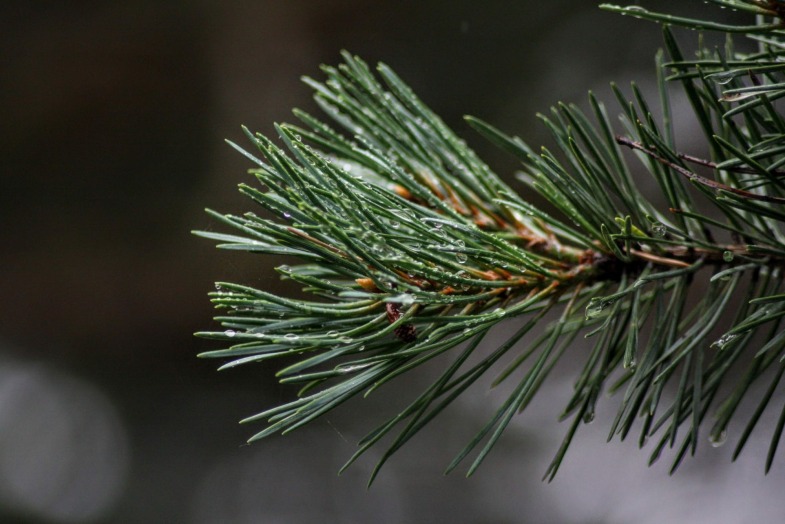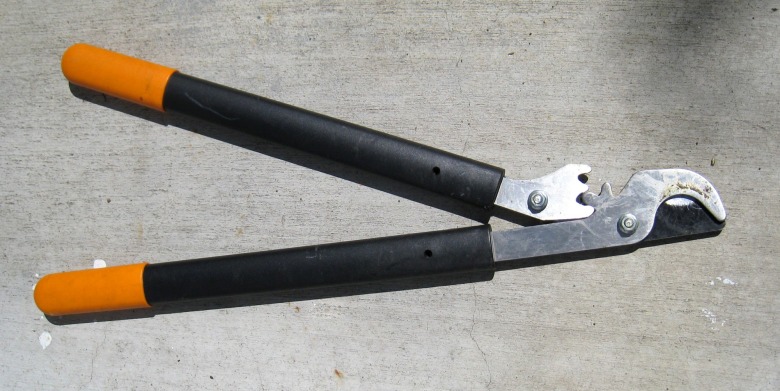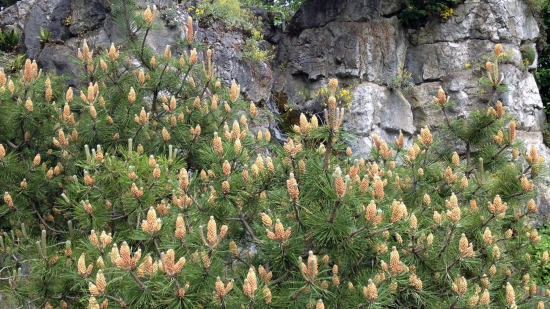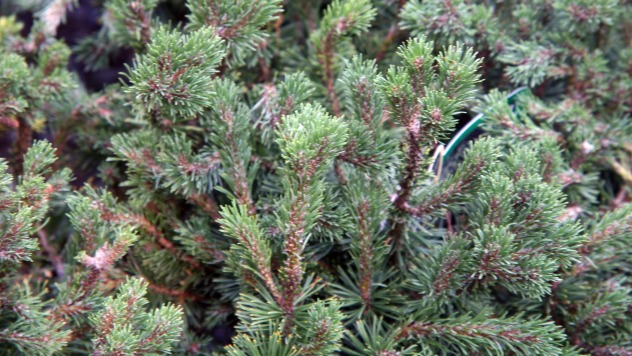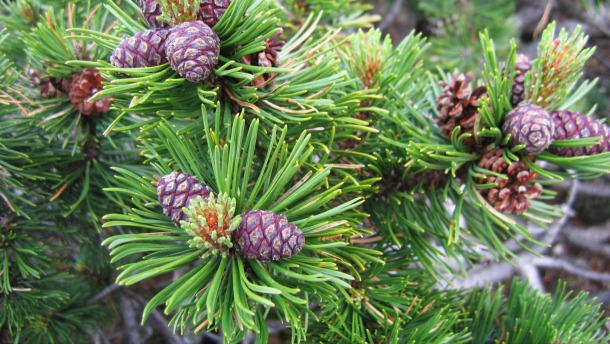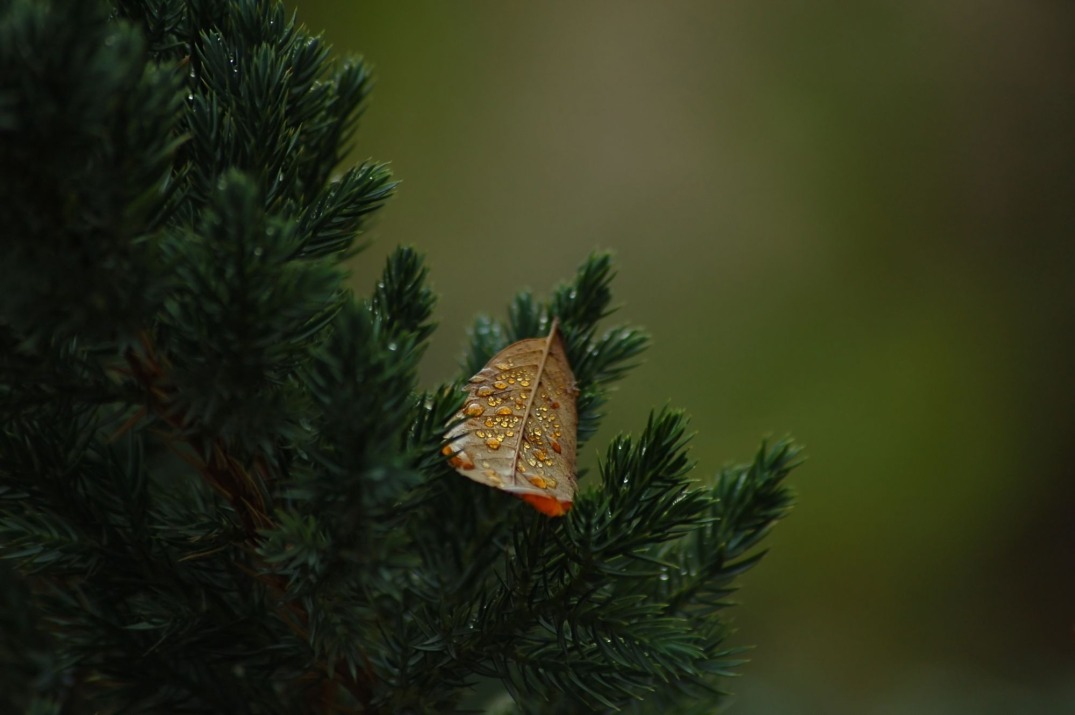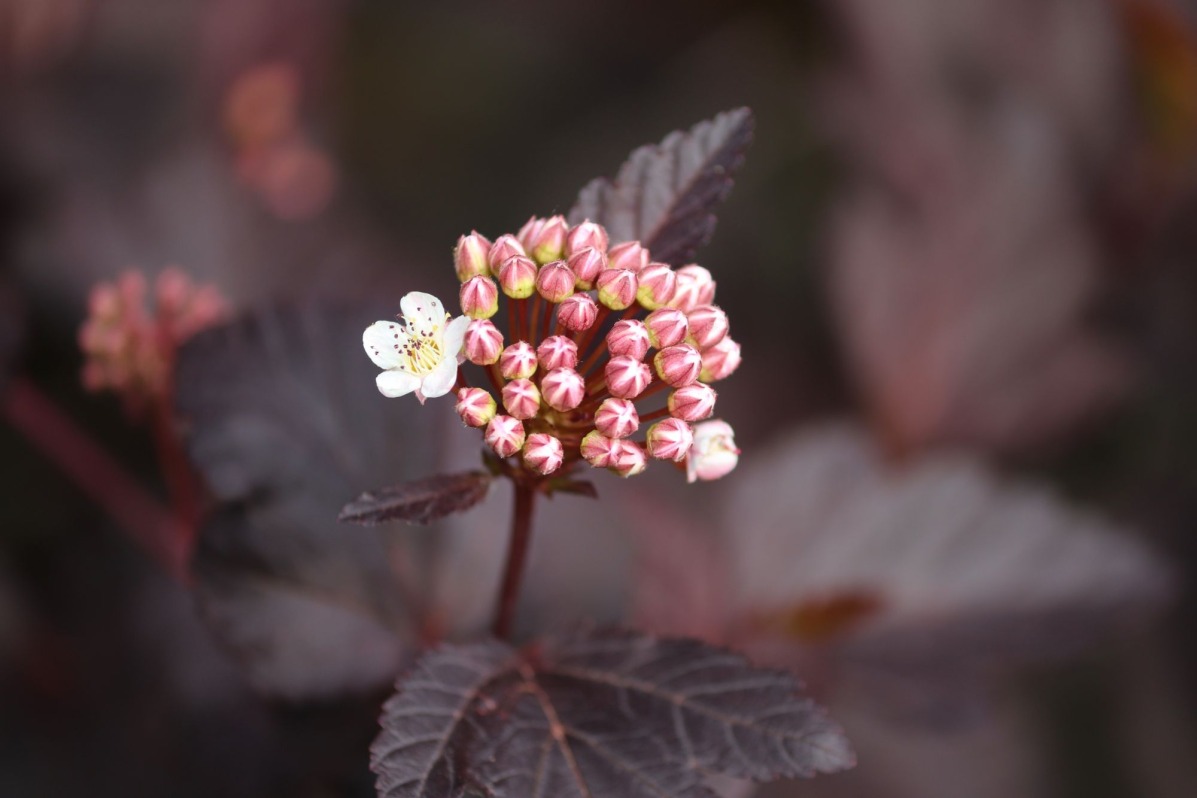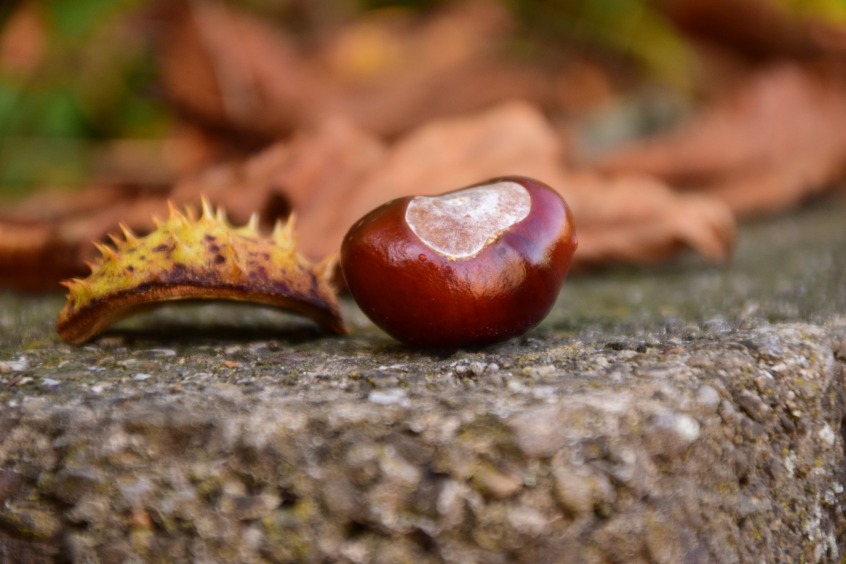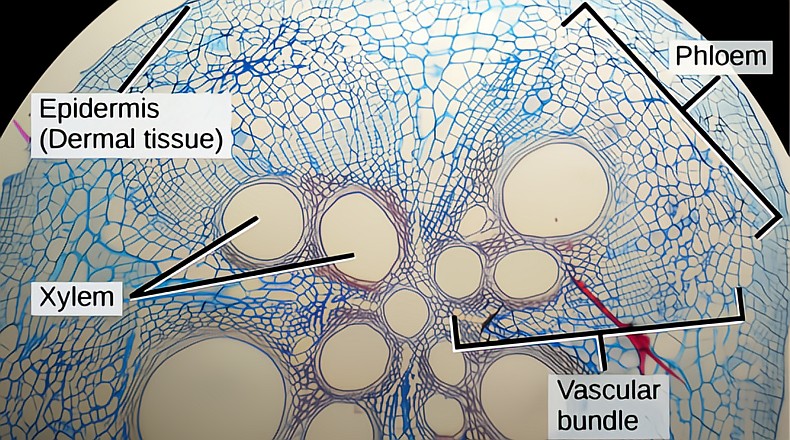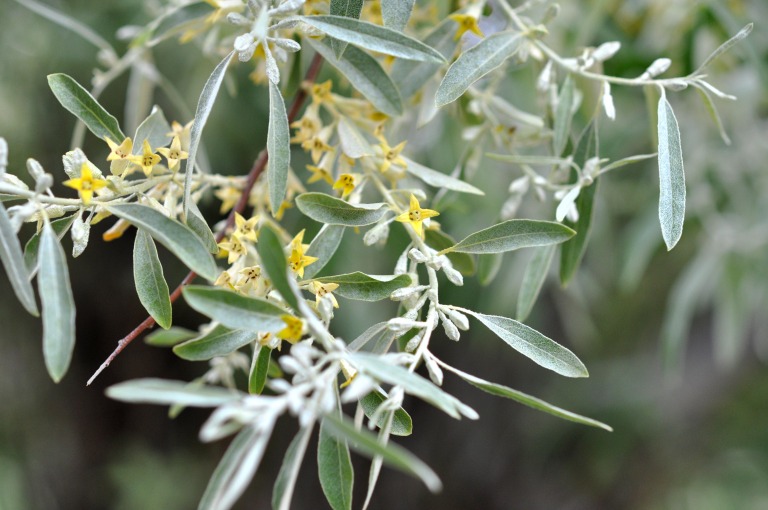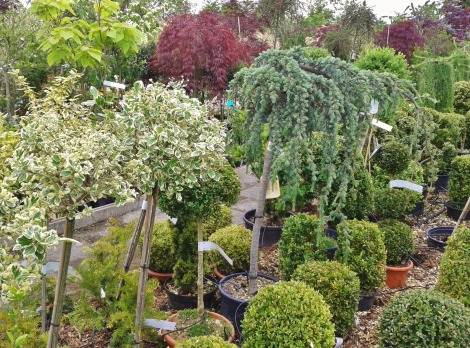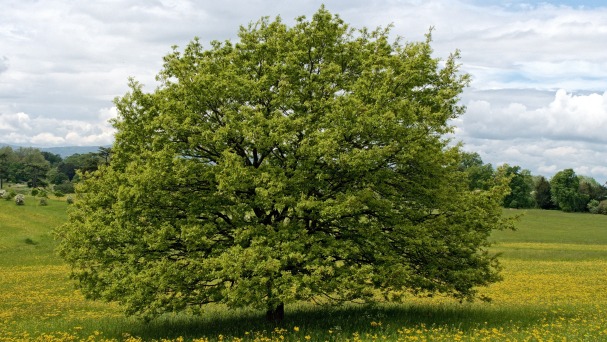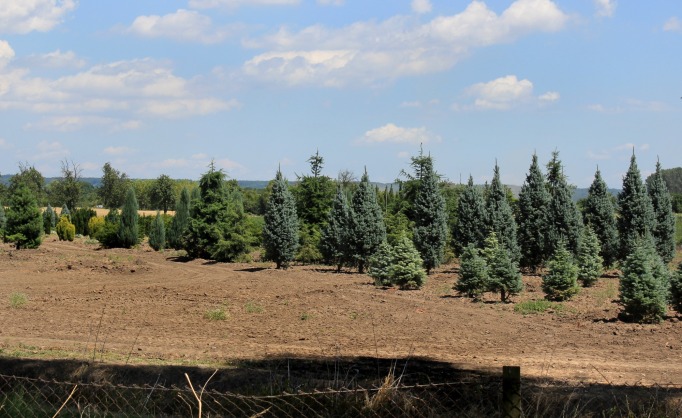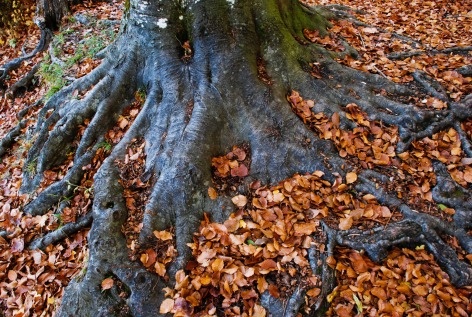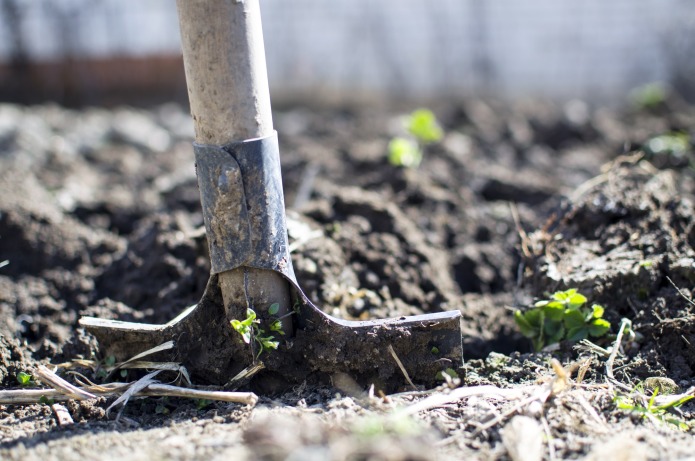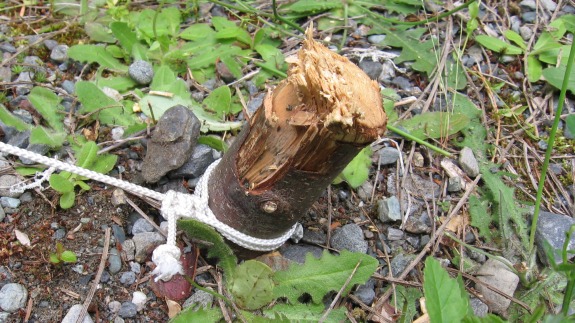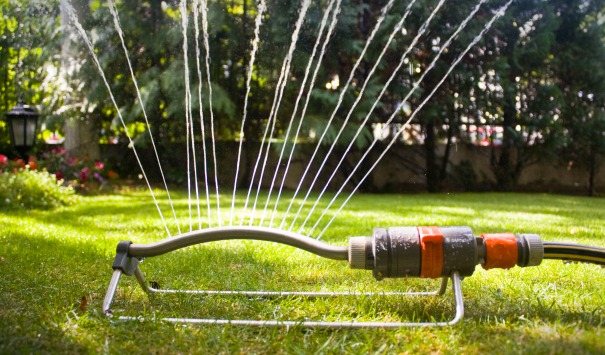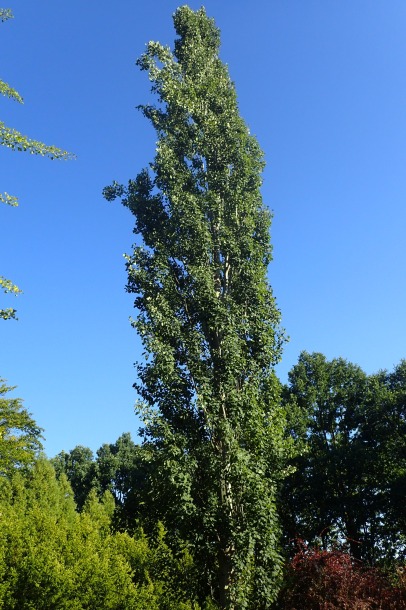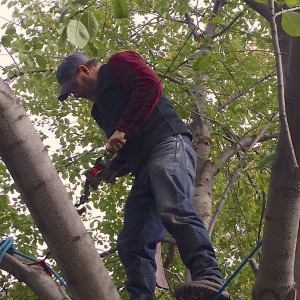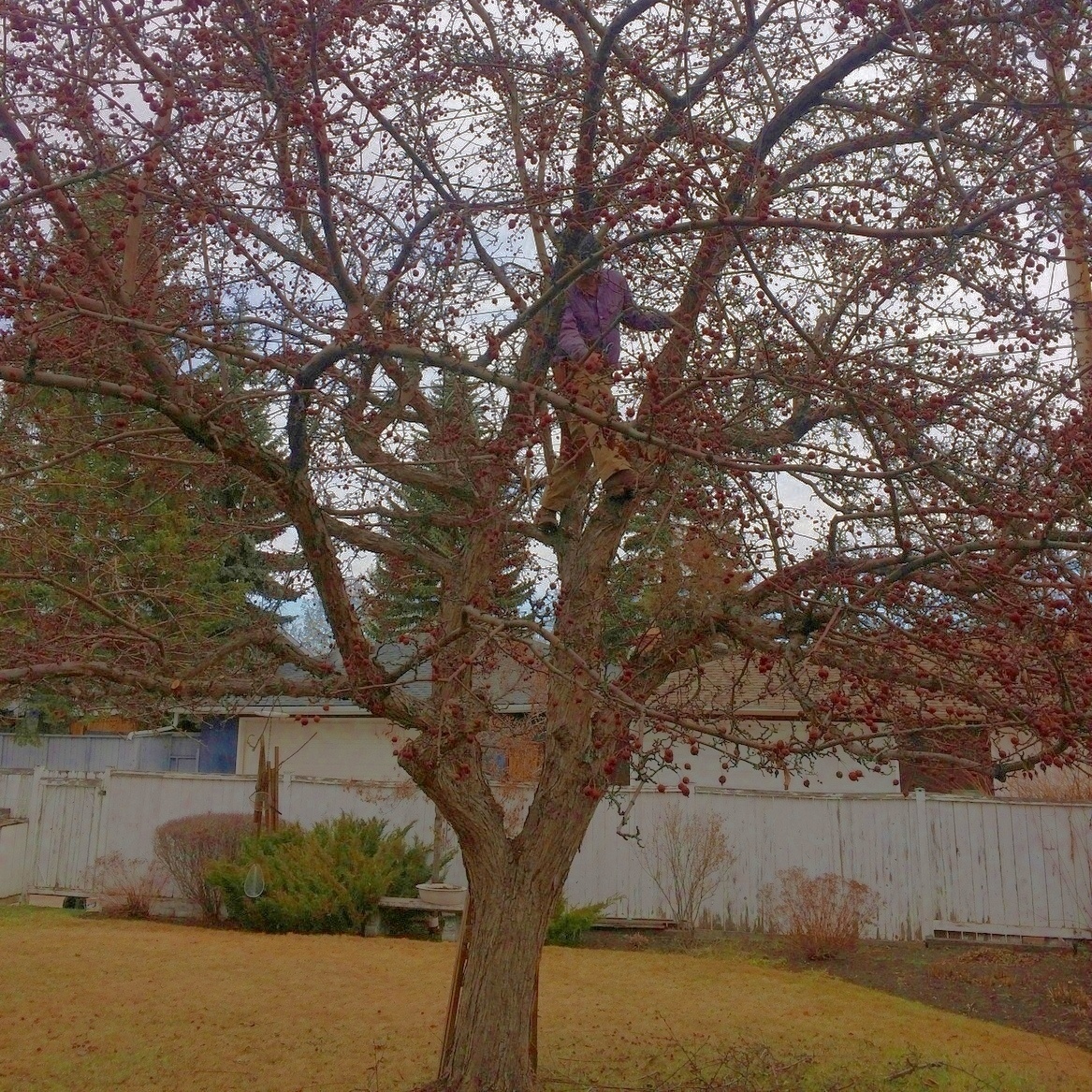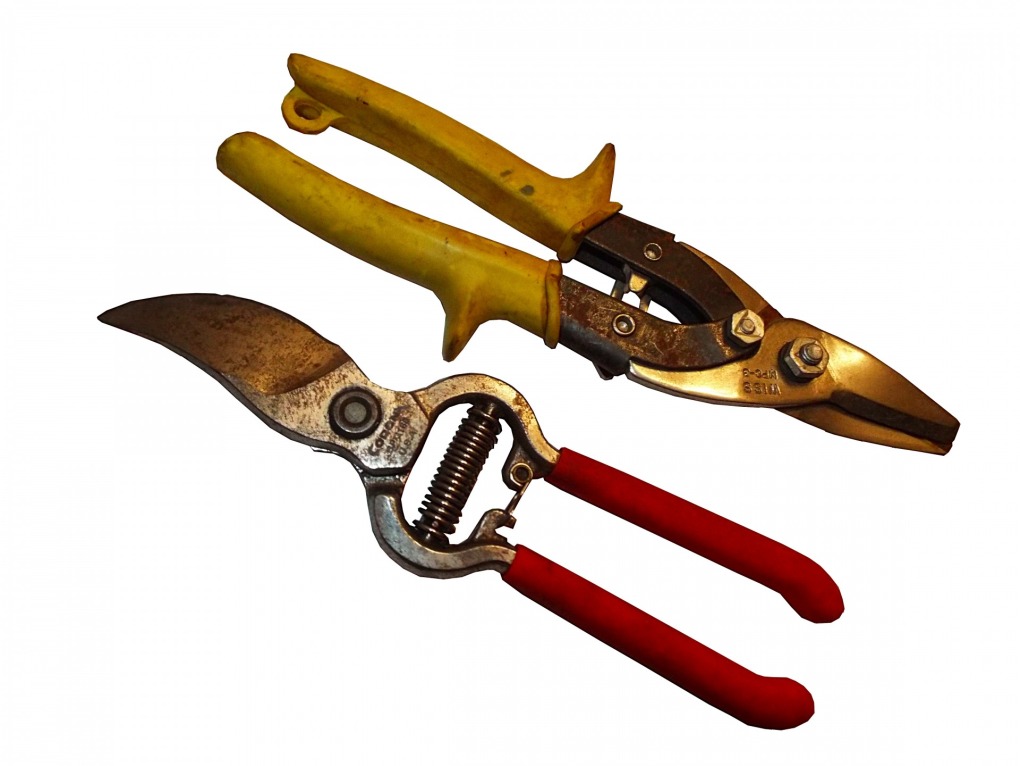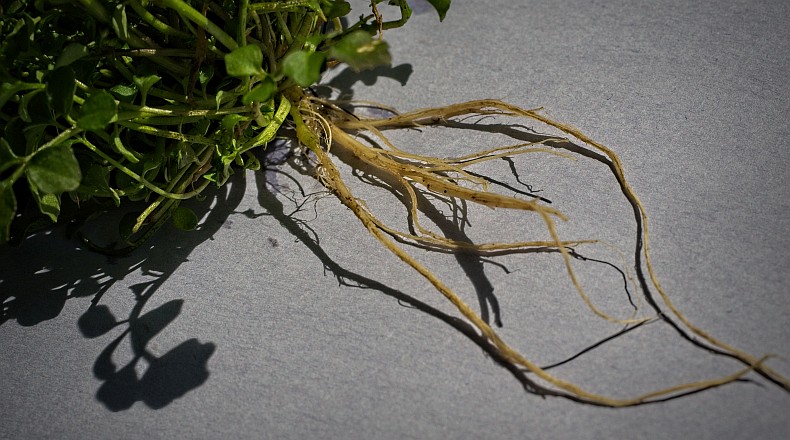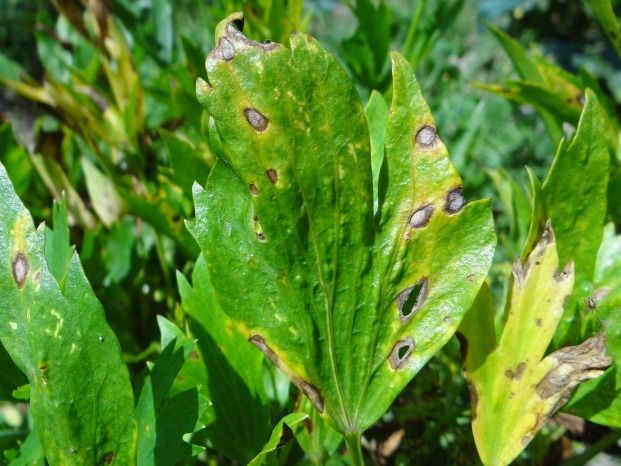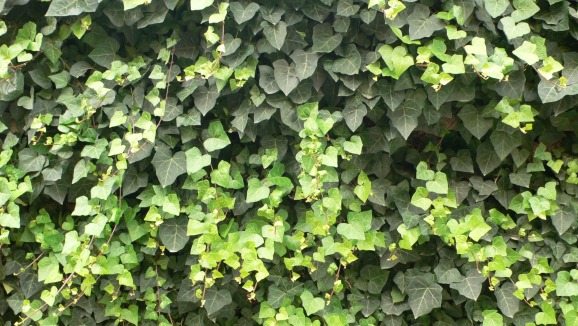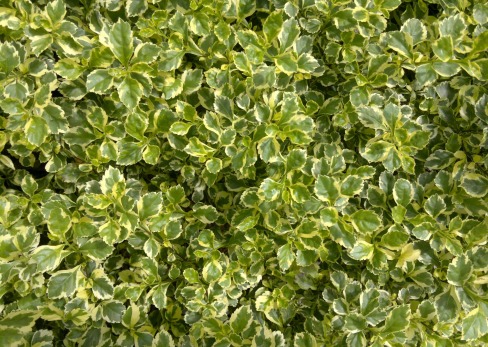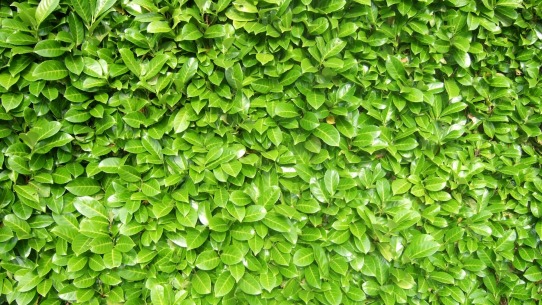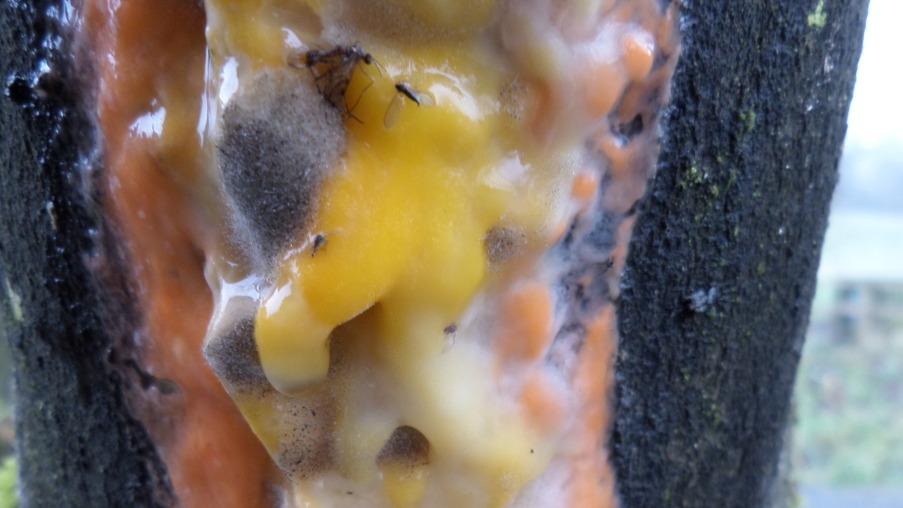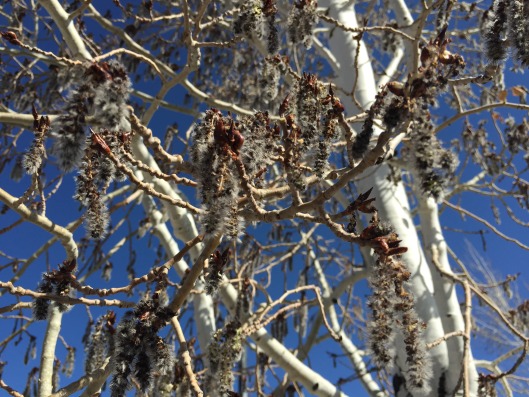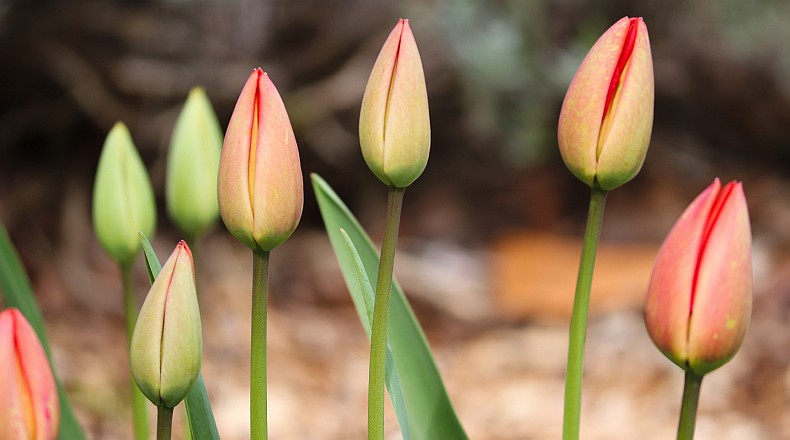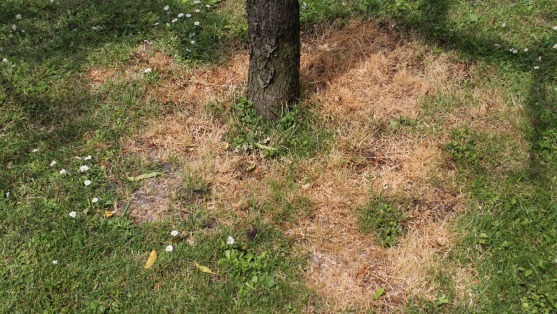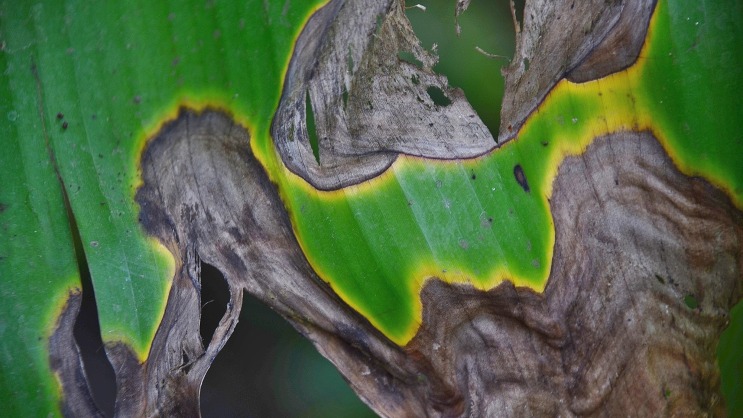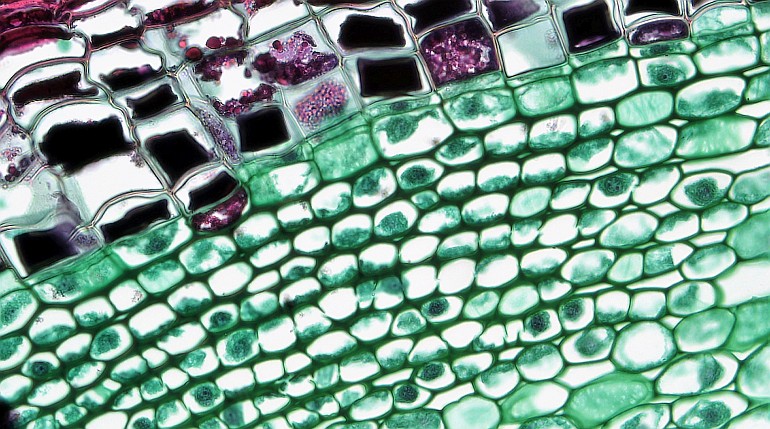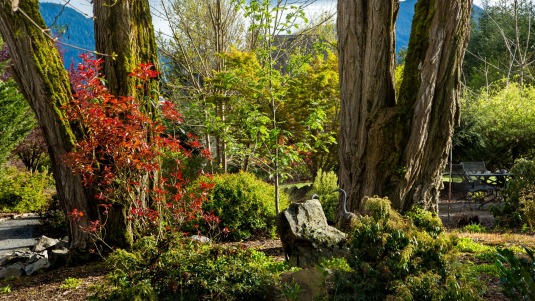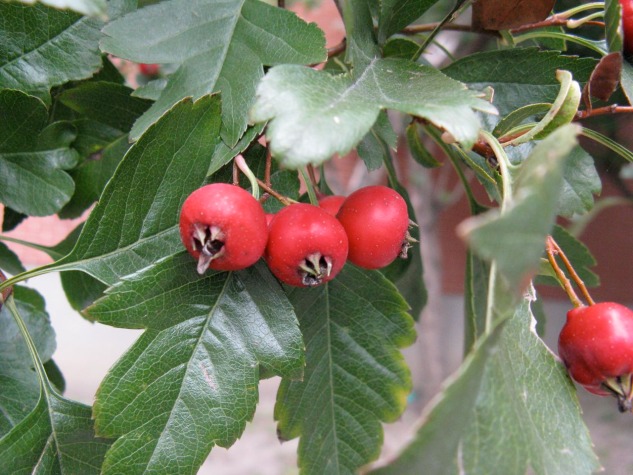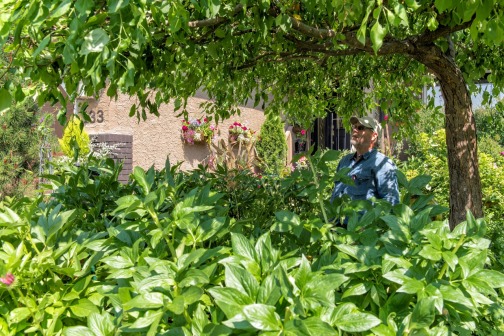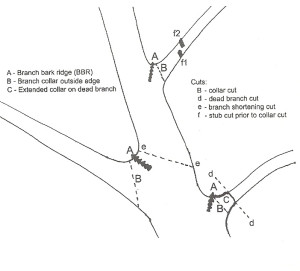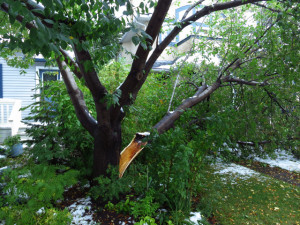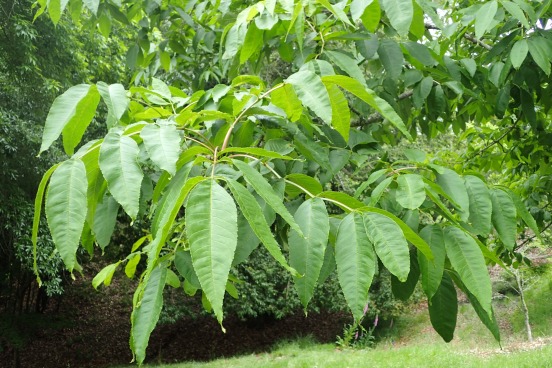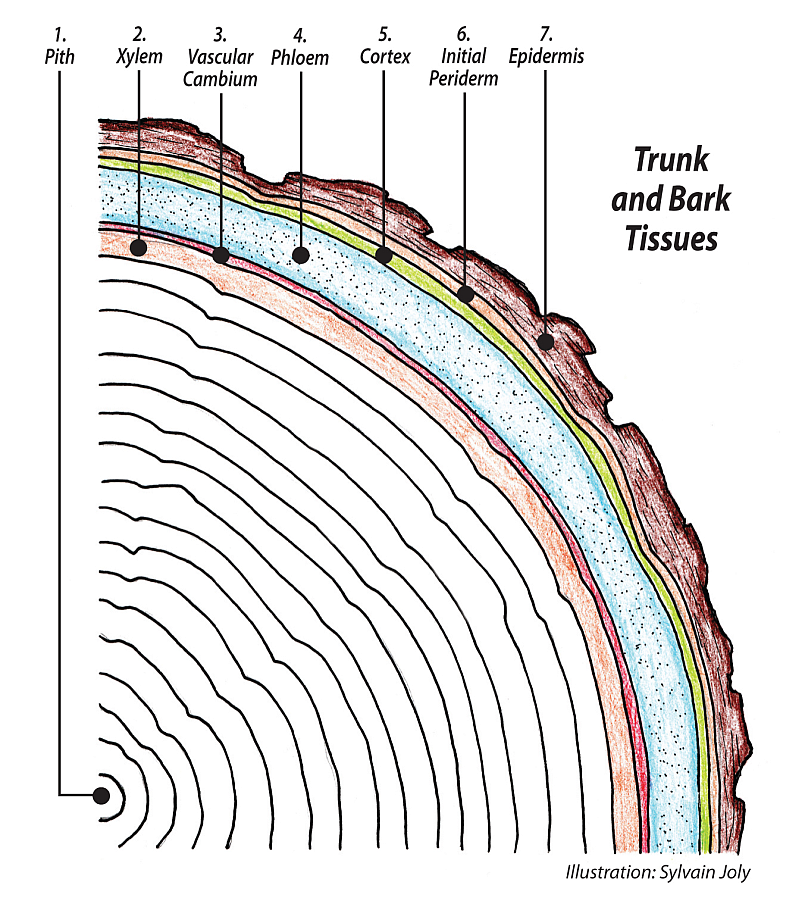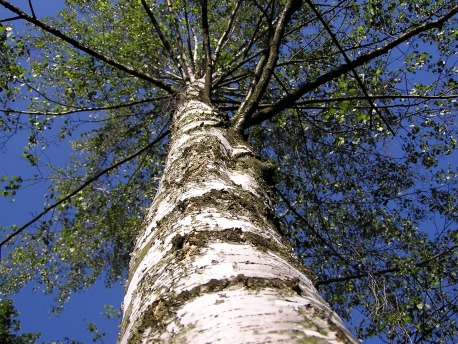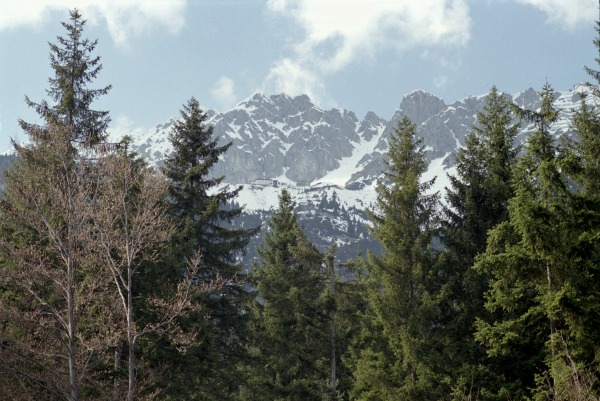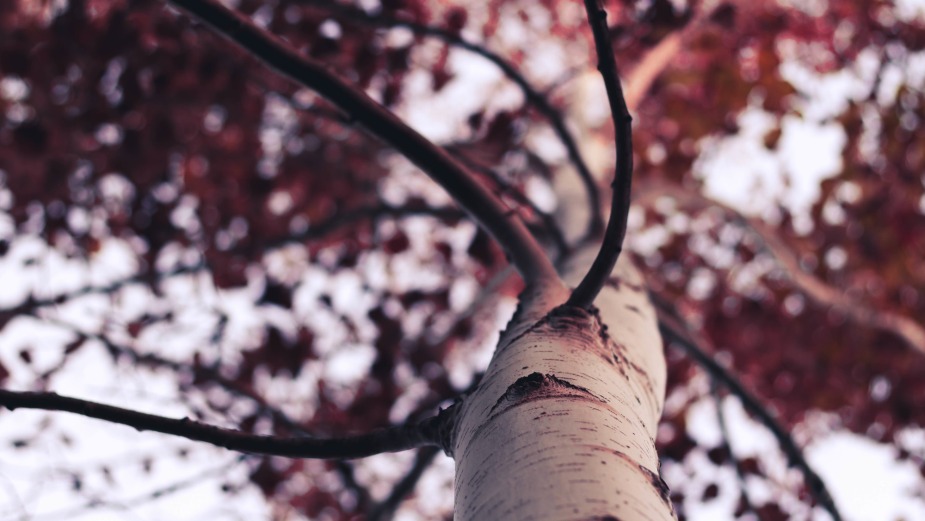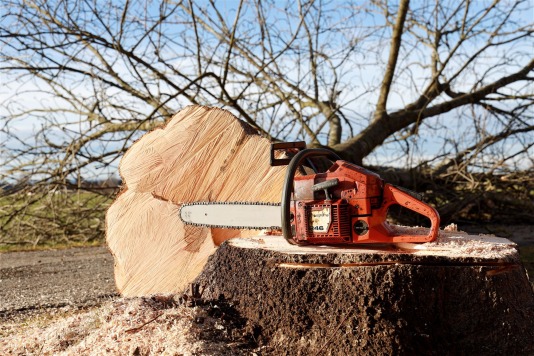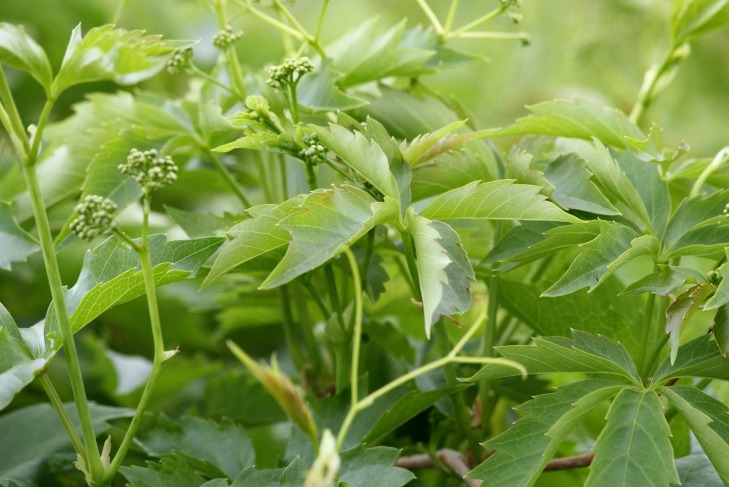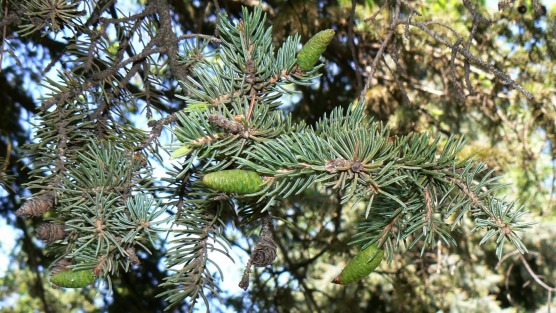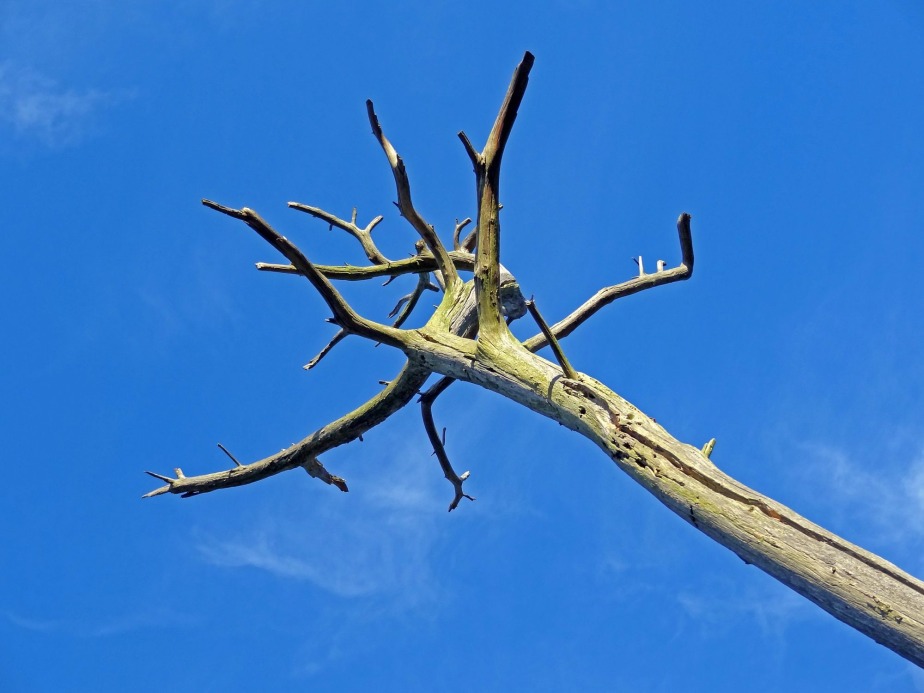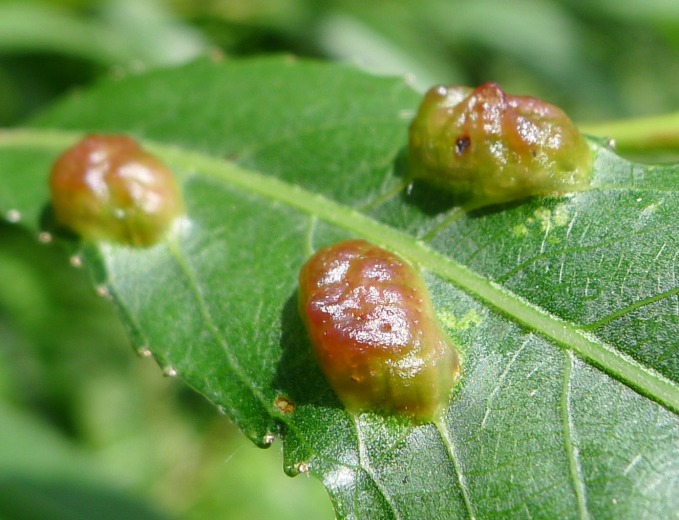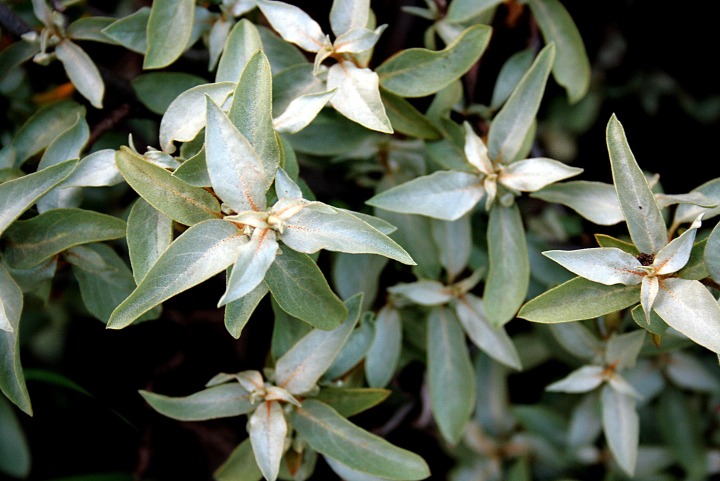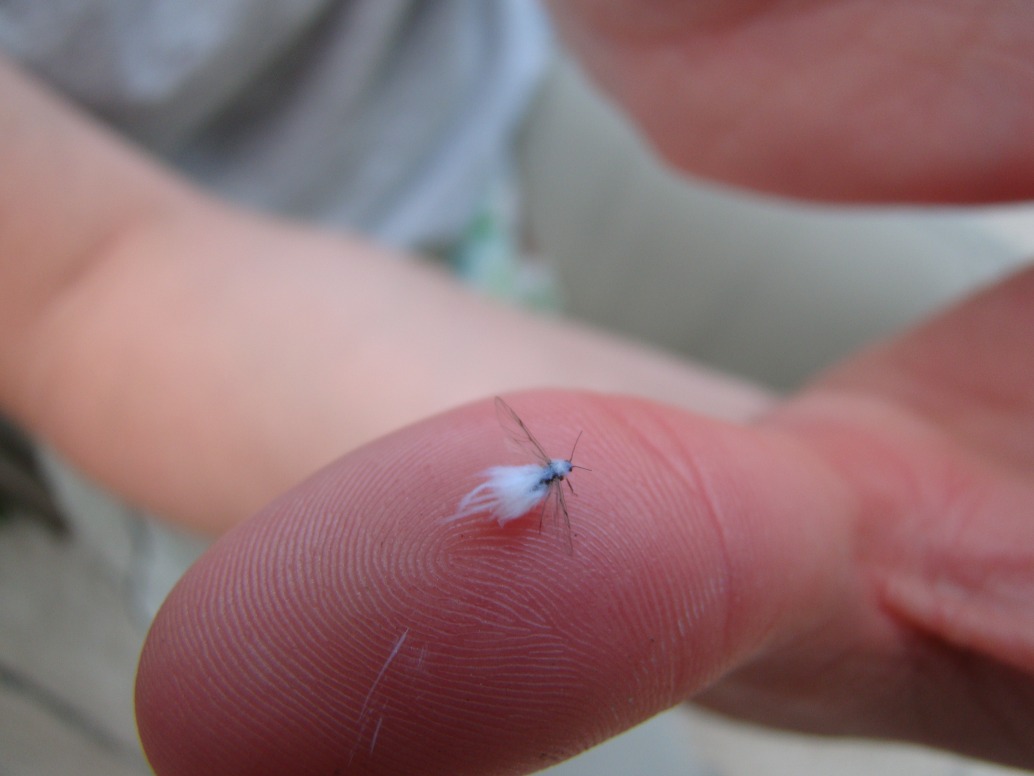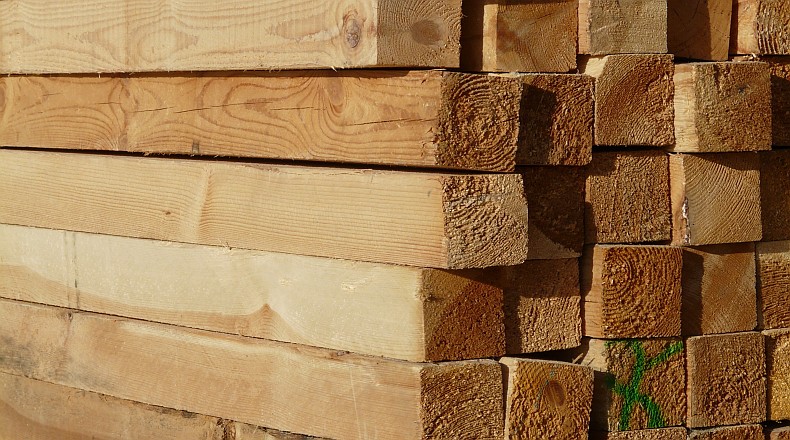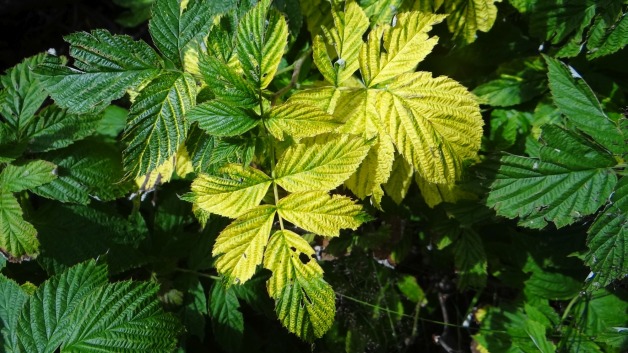The list includes alder, gooseberry, bearberry, silver buffaloberry, snowberry and wolf willow, willow shrubs, dogwood, roses, spirea, potentilla. All are good in native or feature gardens, very hardy, each with its own distinct beautiful characteristics.
To find a native alder your best chance is along the riverside. It may easily be taken for a small birch tree, as there are similarities. The green alder, Alnus crispa, is the shorter shrub of the two, growing to about three metres. Speckled alder, Alnus rugosa, is taller, sometimes up to eight metres. Look for dry mini pine-cone-looking growths, last year's seed catkins and smooth bark with lots of short white horizontal stripes, lenticles. The leaves are similar to the leaves of birch.
The gooseberry, Ribes oxyacanthoides, is a common native in our area, a low one-metre size spreading shrub, unmistakable with its stems bristling with short sharp spines, yellow flowers and later tasty black berries that are almost worth the pain of the spines. It has a classic currant-like leaf, like a tiny maple.
Silver buffaloberry, Shepherdia argenta, is a prairie denizen, mostly found in coulees, fully hardy here, a distinctive slow growing bonsai-like form, up to five metres, very attractive. Yellow flowers on female plants later become red/orange berries with a complex flavor, sharp and tart, sweet; you will either love or hate the strange taste of these berries. All branch tips are armed with sharp thorns. This shrub begs to be planted with similar xeriscape plants such as silver sagebrush, Artemisia cana, and other silver/blue-colored plants.
Bearberry, Shepherdia canadensis, is very common in our area; a medium shrub, up to two metres high, it grows from the mountains to the prairie. It's a significant fall food source for bears. Yellow flowers on female plants yield small red berries with a complex flavor you won't forget. With small oval leaves with little brown spots on the undersides, it"s a handsome shrub.
Snowberry, Symphoricarpos occidentalis, is another prairie standard. A low, hip-high shrub that favours open grass land, it grows in thick groups. Pinky white flowers yield clusters of white berries that are believed poisonous (I have not tried them) form at the branch tips. Another shrub needed in any local xeriscape, once established it will need controlling to arrest its natural spreading habit.
Wolf willow, Elaeagnus commutata, is not a willow at all, but is a cousin to olive trees. The name's origin is lost in history; perhaps some prairie denizen who appreciated alliteration coined a beauty and it is here to stay. A signature plant of the northern prairies, its mind-stopping scent takes prairie folks back home. Just ask Wallace Stegner; his description of coming home to the family farmstead in southern Saskatchewan fifty-plus years after his childhood is redolent with wolf willow. It's a tough native with silvery blue leaves, and small annual yellow flowers with an amazing scent. You will either love it or not. These shrubs can get quite tall. Ten feet is not uncommon in maturity. I have favored a native garden for some time and feel that the wolf willow has to be included, but they thrive on the dry prairie, expanding into the grass through time. They are as tough a plant as you can find, and will have no trouble at all colonizing your garden. Ruthless cultivation and cutting back is my preferred method of control. Sounds tough, but necessary. This prairie ruffian needs constant guidance with its manners. It is worth the trouble, though; the color and early summer scent are priceless. Another name not in regular usage is silverberry. This refers to the fruit, which has a sweet mealy flesh, edible and, well, strange. Inside is a beautiful seed, once used as a bead. The size of an XL grain of wheat, it has alternating brown, green and yellow stripes.
Willows, Salix sp, is a big subject; there are approximately 60 species in Alberta. One brave handbook, "Plants of the Western Boreal Forest and Aspen Parkland" covers nearly half of them. From the five-metre diamond willow to the ground hugging Arctic willow, there is something here for every native garden. A personal favorite is the sandbar willow, Salix exigua. With its graceful stems and greyish color it fits well into my dream grey/silver/blue xeriscape garden.
Next is the red osier dogwood, Cornus stolonifera; stolons are runners, strawberries grow like this. Any dogwood will eventually grow new shoots, additional plants really, from any low-lying ground-touching branches. If you don't want them to take over, this becomes a pruning task. Young shoots are a bright red , a joy in winter, but older stems get dull, greyish below and can reach heights of four to five metres. Part of the native riparian community, they are a companion plant beside the river as understory among the towering native balsam poplars, Populus balsamifera. If you want to keep them lower and enjoy the bright red color in winter, you will have to start a cyclical pruning program.
Roses, Rosa sp. are very common here in wild settings. The taller of the two is the prickly rose, the native flower of Alberta. It grows in thick clumps to about 1.5 metres, pleasantly fragrant. The little one is the prairie rose, usually only .3 metres high. it grows in thick stands among prairie grasses. Both have beautiful single pink flowers.
There is one Spirea sp. that grows in our native aspen groves, the birch leaved spirea. Not as showy as its cultivated cousins, it is fair nonetheless. Usually about a metre in height in July it produces a thick flat crown of hundreds of tiny white flowers, an essential if you are planting a woodland garden.
There is one native potentilla shrub, called shrubby cinqefoil. A prairie standard, it deserves a closer look. Native on sunny prairie grassy areas, it is slow growing and rugged. Kneeling down to inspect it, one sees its complex branching structure, truly a natural bonsai inside. Usually in dry open country, it does not grow much taller than a metre; many are smaller. Happy, sunny yellow flowers grace the potentilla through most of the summer.
Tree Care Articles
Native Shrubs
- Details
- Written by Kevin R. Lee Kevin R. Lee
- Published: 19 January 2020 19 January 2020
Articles Index
- A Mind Set for Healthy Trees
- A New Tree Care Philosophy
- A Practical Working Model of Your Tree, Part One: Mostly Roots
- A Practical Working Model of Your Tree, Part Three: Leaves
- A Practical Working Model of Your Tree, Part Two: Trunk and Stem
- A weeping apple, some deer, and an arborist
- A Year in the Life of Your Tree - 1
- A Year In the Life of Your Tree - 2
- A Year In the Life of Your Tree - 3
- A Year In the Life of Your Tree - 4
- A Year In the Life of Your Tree - 5
- A Year In the Life of Your Tree - 6
- A Year In the Life of Your Tree - 7
- A Year in the Life of Your Tree - 8
- An arborist thinks on compartmentalization
- An Arborist's Education
- Ash Leaf-Cone Roller
- Ash Trees
- Aspens
- Birch
- Botany 1: The whole tree
- Botany 2: What do trees eat?
- Bud Scars
- Burning Bush
- Calgary Soils
- Calgary weather, snow pack, and the drought
- Calgary, from a tree's perspective
- Calgary's Most Dangerous, Dutch Elm Disease
- Calgary's most dangerous: Pseudomonas syringae
- Calgary’s most dangerous: Black knot
- Calgary’s Most Dangerous: Fire blight
- Calgary’s Most Dangerous: The Yellow-Headed Sawfly
- Caragana
- Caring For Your Trees This Winter
- Cell Walls
- Cherry Shrubs
- Cherry Trees
- Conifer Introduction
- Conifer Shrubs
- Conifers
- Cotoneaster
- Cranberries
- Currants
- Debunking Old Tree Myths
- Demystifying Tree Pruning
- Diagnosing Tree Problems
- Diplodia Gall of Poplar
- Dogwoods
- Dr. Alex Shigo
- Eating Apples and Other Hardy Prairie Fruit
- Elders
- Elms
- Epidermis
- Fall Needle Drop of Conifers
- Fertilizer
- Fertilizer 1
- Fertilizer 2: Trees
- First post Feb 23 2018
- Flowering Crabs
- Forsythia
- Fungal afflictions
- Growing Trees in Calgary
- Growing trees in Calgary, hands-on
- Haiku for spring
- Hardiness Zones
- Hawthorns
- Honeysuckles
- How to Have a Successful Tree
- Hydrangea
- In Defence, the Bronze Birch Borer (BBB)
- Introduction to Botany Talks
- Kate's Mayday
- Lack of connection
- Leaves
- Lilacs: French
- Lilacs: Pruning
- Linden
- List of Best Calgary Tree Choices - Evergreens
- Maintaining your pruning tools
- Maples
- Meristems: SAM and RAM
- Mid-Season Gratitude Post
- Mock Orange
- Mountain Ash
- Mugo Pines 1
- Mugo Pines 2
- Mugo Pines 3: Pruning
- My readers, my reasons
- Native Shrubs
- Needle Casts of Spruce
- Ninebark
- Oaks
- Ohio Buckeye
- Old Hacked Apple Trees -- Pruning a Tangle
- Organic Tree Work, Empowering Trees and People.
- Oyster Shell Scale
- Phloem
- Phomopsis Canker of Russian Olive
- Planting 1: Species selection
- Planting 2: Site selection
- Planting 3: Buying your tree
- Planting 4: Root crown identification
- Planting 5, Digging the hole, planting the tree
- Planting 6: Staking
- Planting 7: Watering
- Planting a Tree - Selection
- Planting a Tree - Setting, Staking and Watering
- Polemic and straight talk: the Swedish Columnar Aspen
- Poplars
- Proper Tree Pruning
- Pruning - More Reasons Why
- Pruning in Calgary with Nature in Mind
- Pruning Theory - Tools
- Pruning Theory - Why?
- Pruning tools you need
- Quotes
- Random thoughts from a Calgary Arborist and Tree Surgeon
- Reference books for Arboriculture
- Roots
- Russian Olive
- Septoria Canker on Poplar
- Shrub Introduction
- Shrub Pruning 1 - Theory
- Shrub Pruning 2 - Size Control
- Shrub Pruning 3 - Final
- Shrub Pruning for Size Control
- Shrub Pruning for Size Control 2
- Shrub Pruning Theory
- Slime Flux
- Soils - 1
- Soils - 2
- Spring?
- Stems
- Symptoms of a dry tree
- Symptoms of a sick tree
- The Mountain Ash
- The Three Cell Types
- Thinking of becoming an arborist?
- Toba Hawthorn: Pruning a tangle
- Tree Poem
- Tree Pruning Theory
- Tree Repair
- Tree Repair - 1
- Tree Repair - 2
- Tree Repair - 3
- Tree Repair - 4
- Trees and Their Interactions with Other Organisms
- Two Failures, Griffin Poplar, Manchurian Ash
- Vascular Cambium
- Walnuts
- Watering
- Watering a Birch
- Watering Calgary Trees
- Western Gall Rust of Pines
- What is Tree Whispering?
- When Should a Tree Be Removed?
- White Fly
- White Spruce
- Why is My Tree Dying?
- Willow Redgall sawfly
- Willows
- Wolf Willow
- Woolly Elm Aphid
- Xylem
- Yellow leaves: Chlorosis



